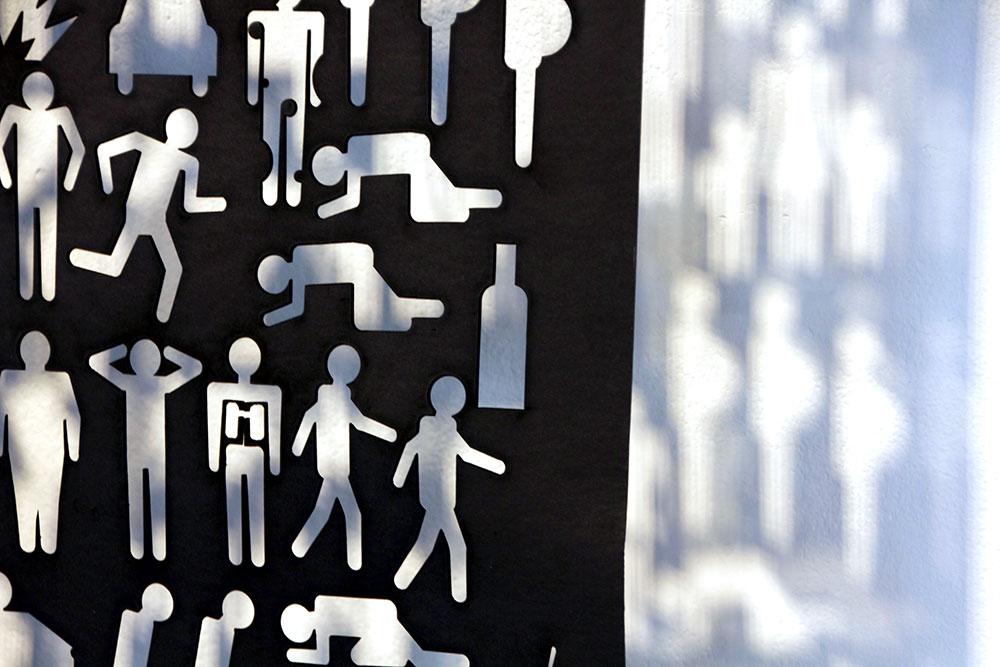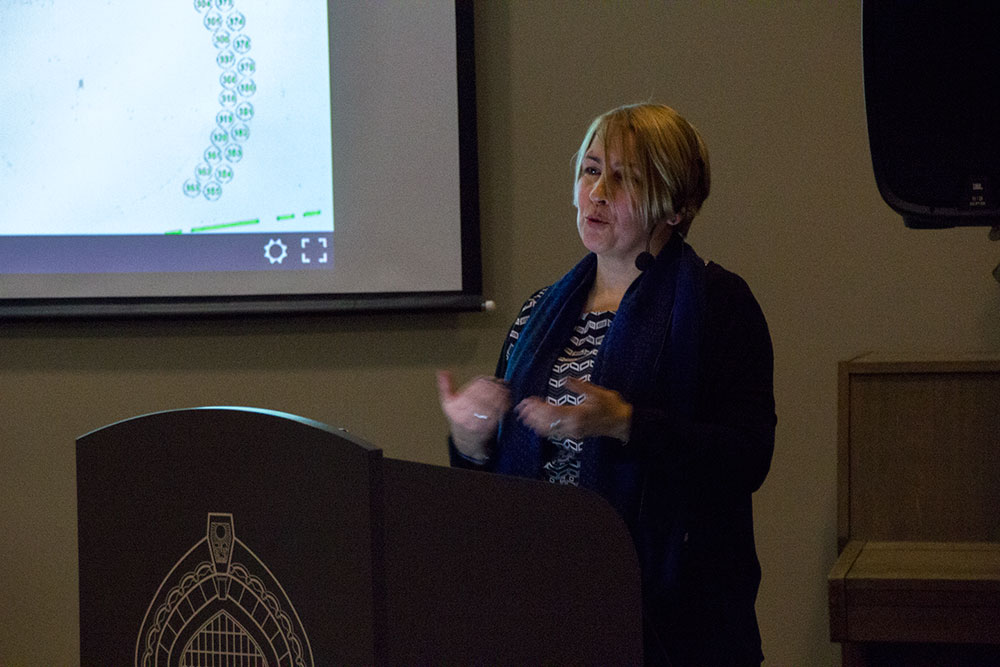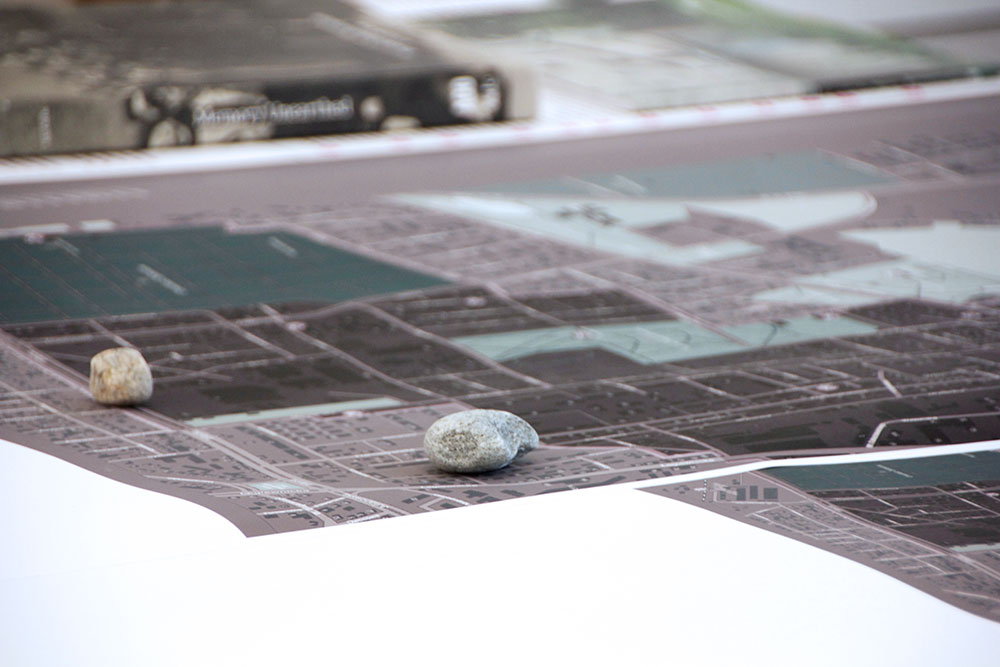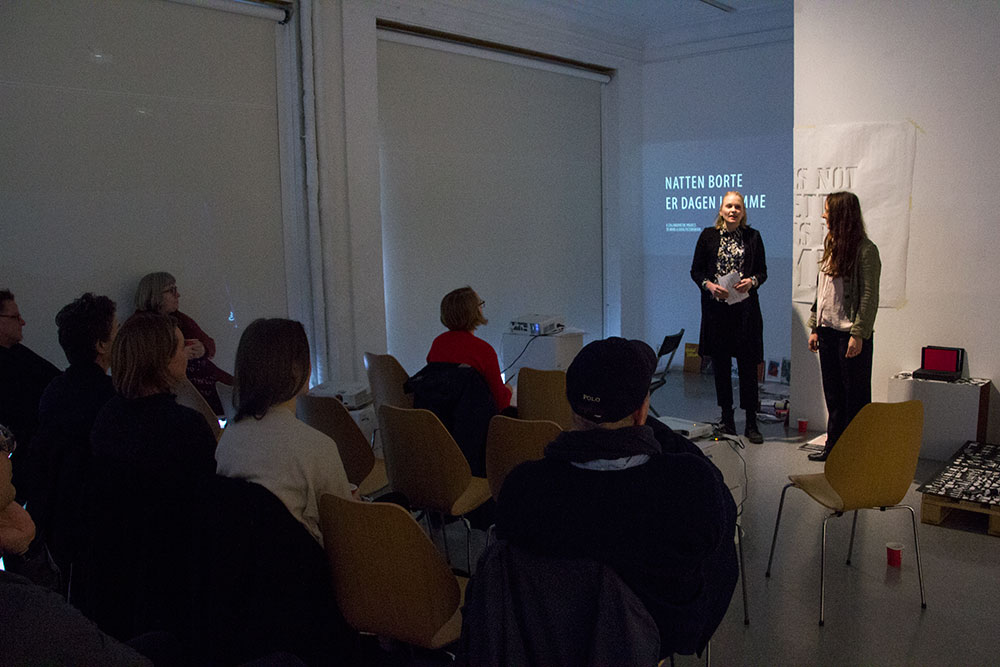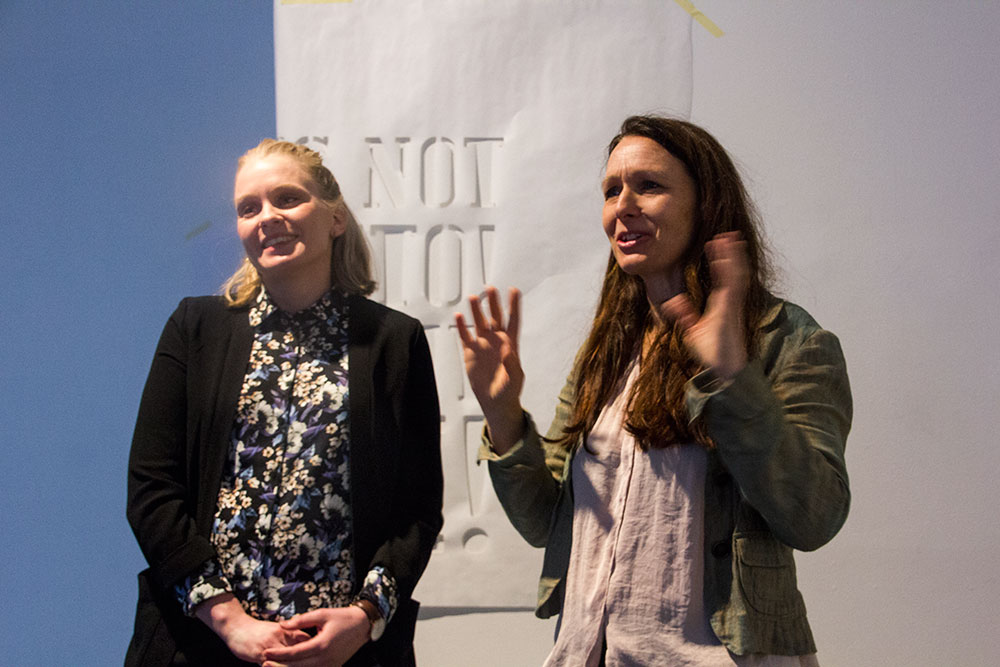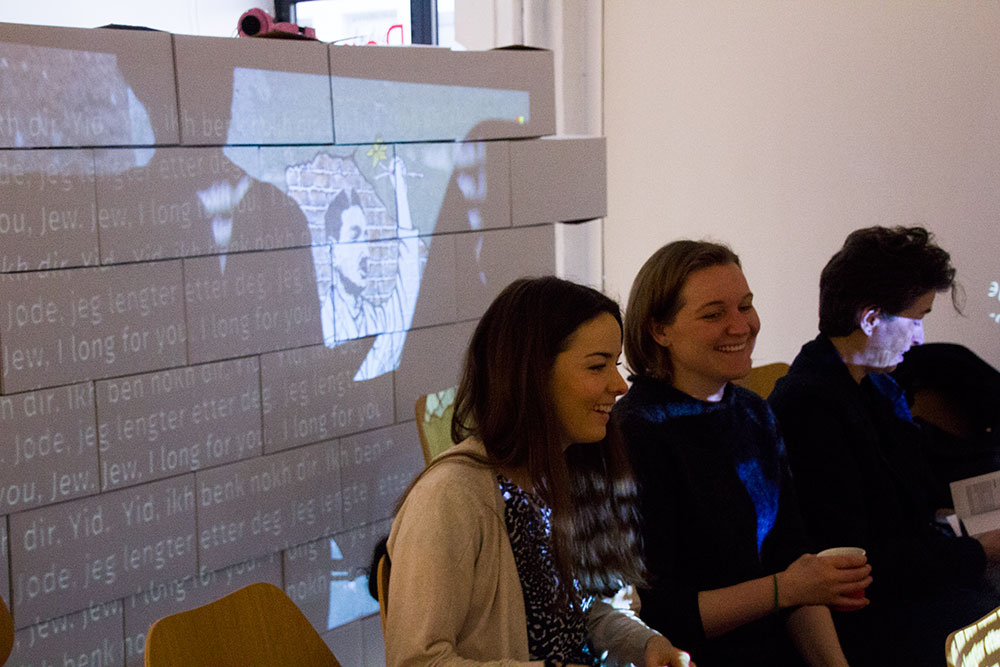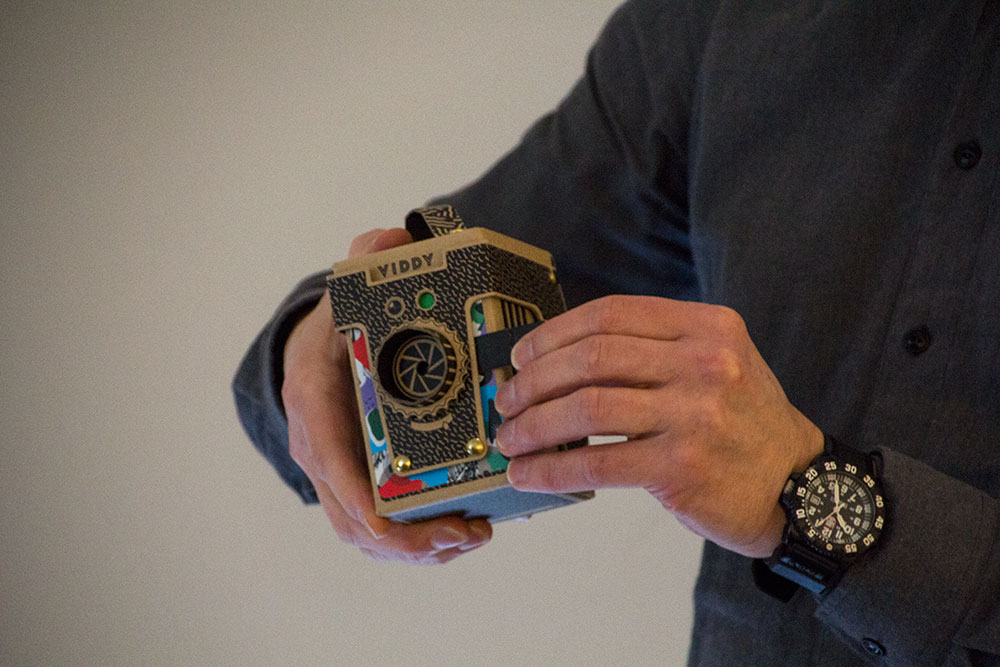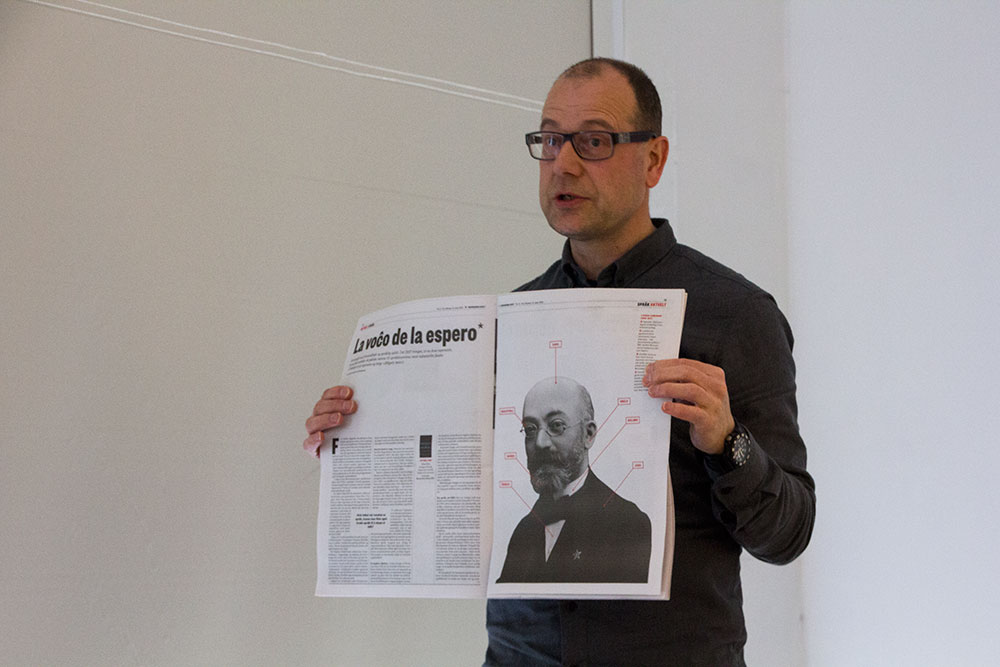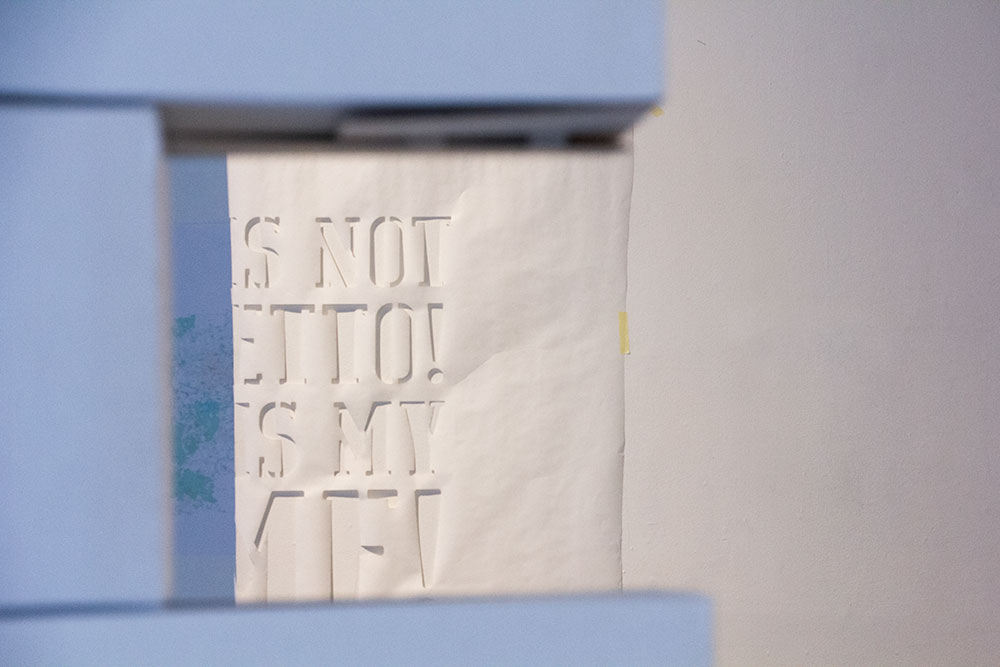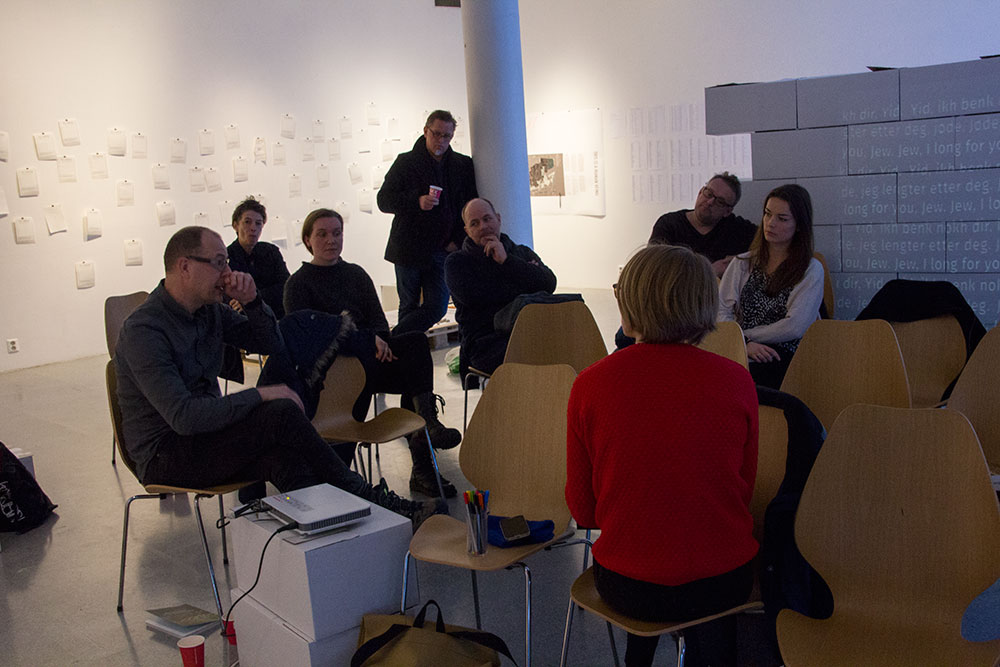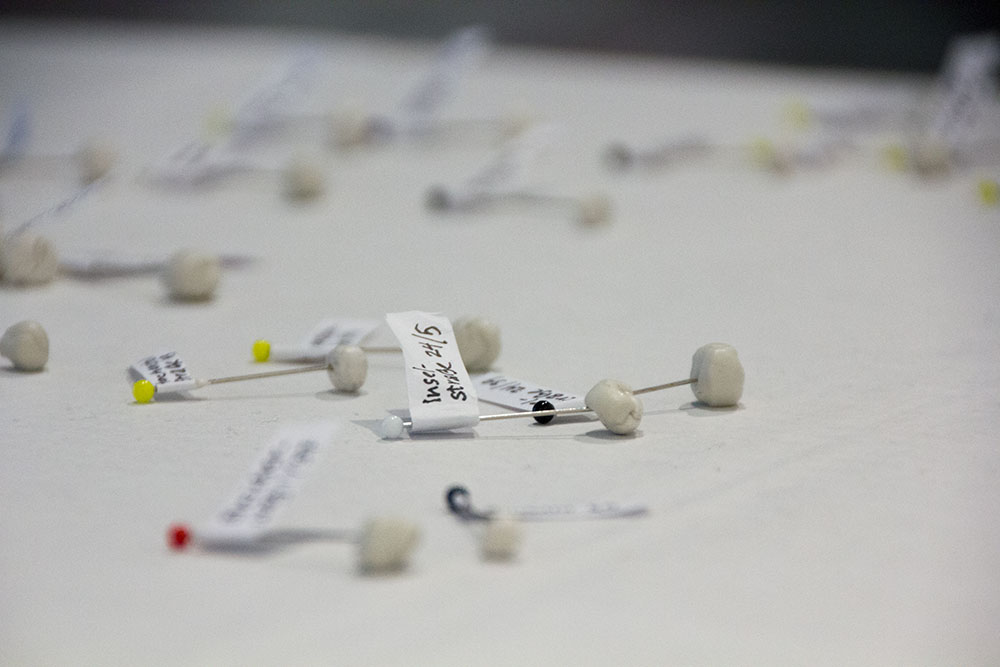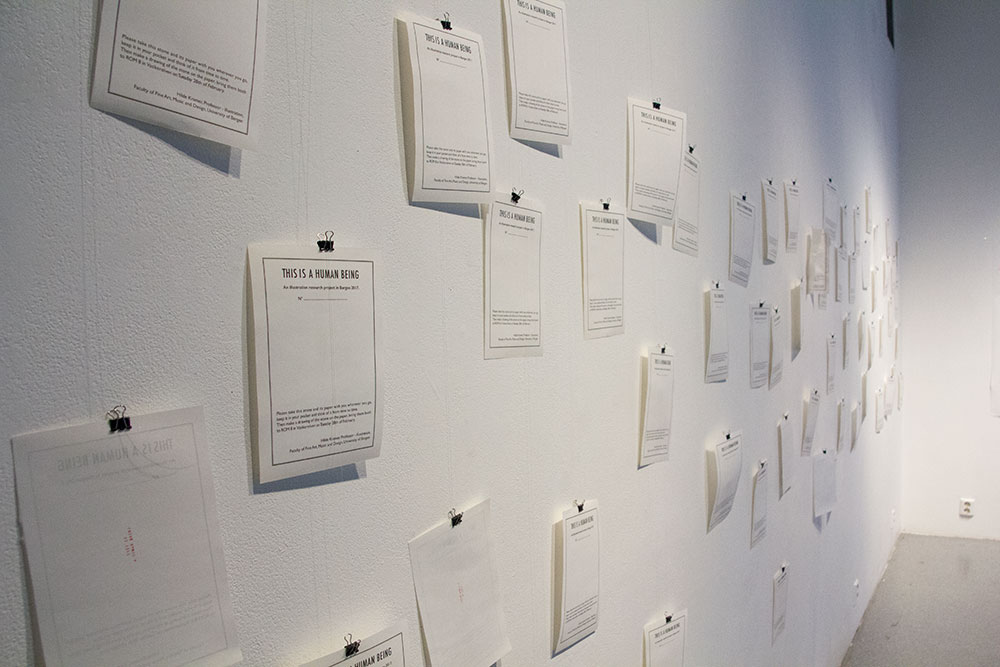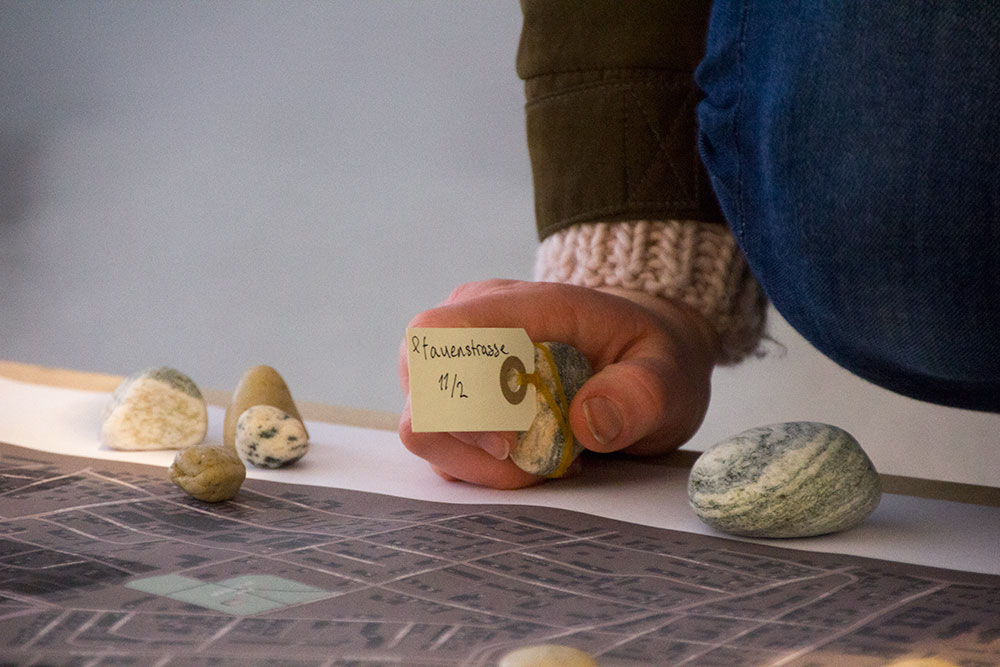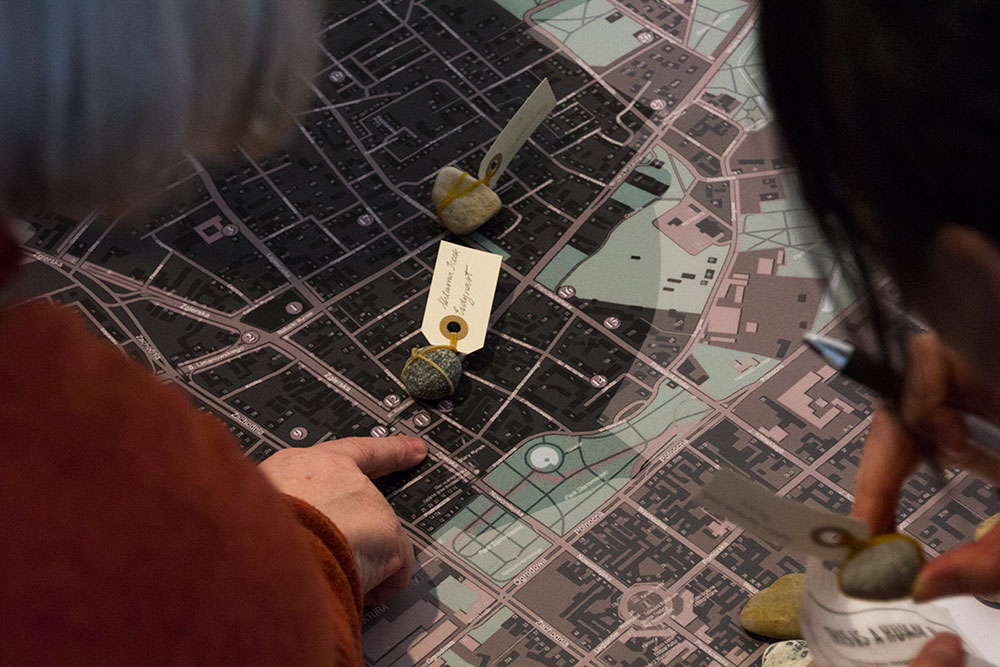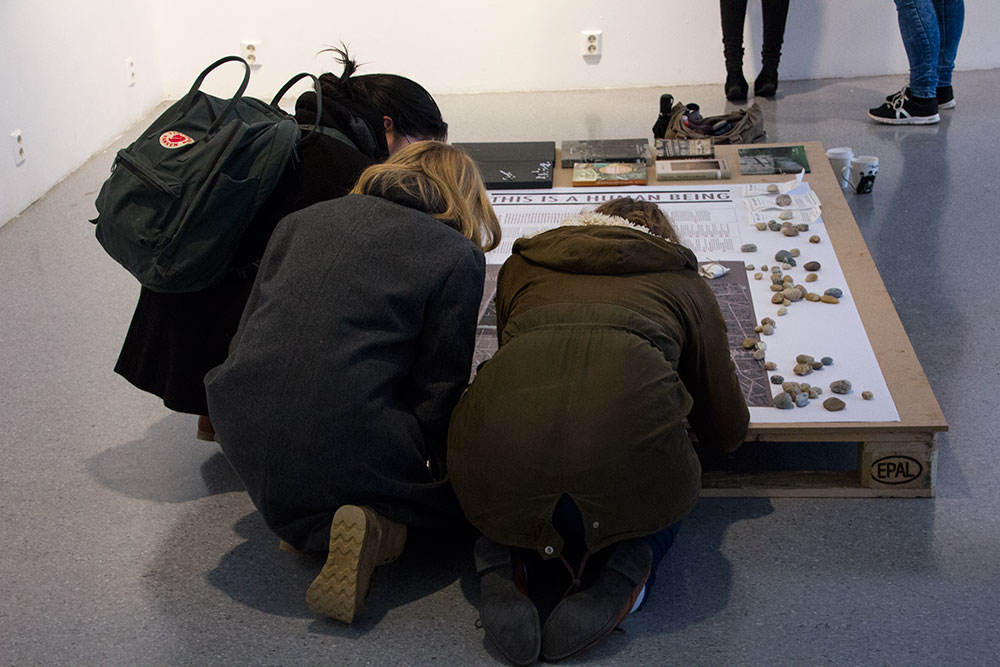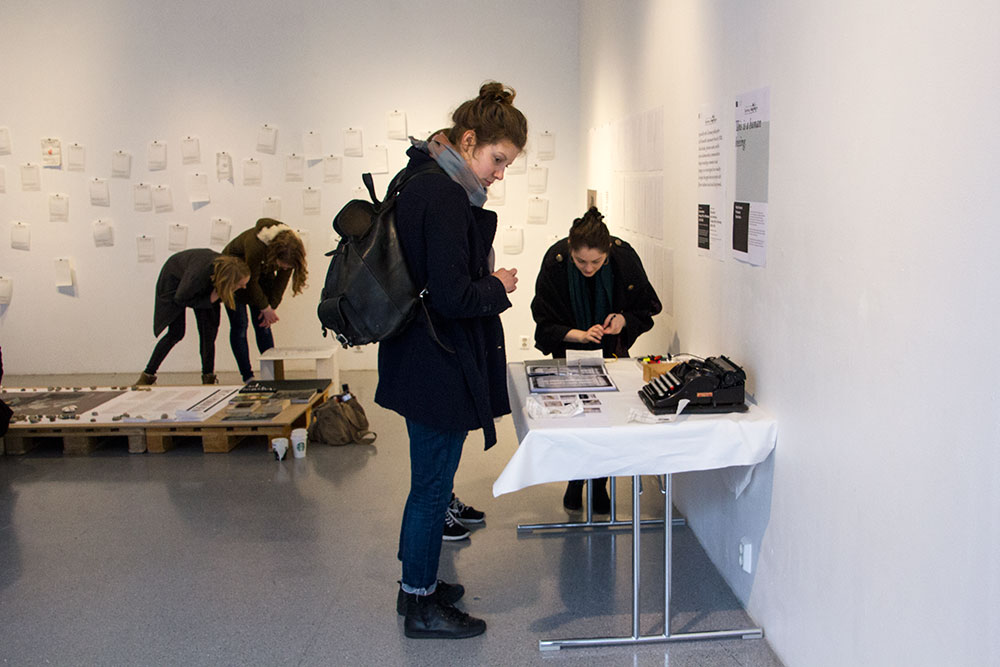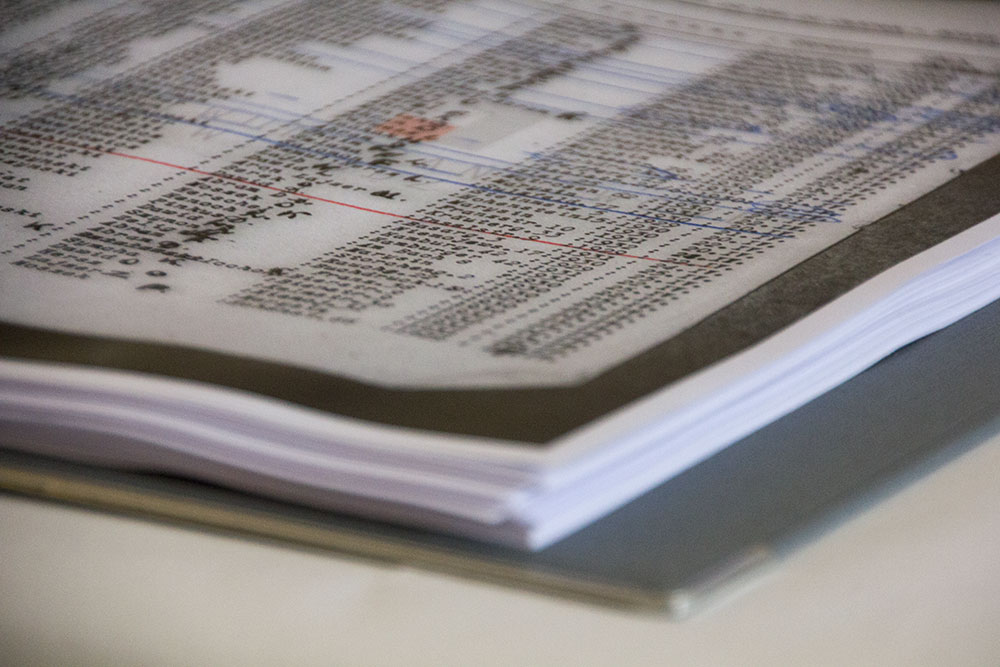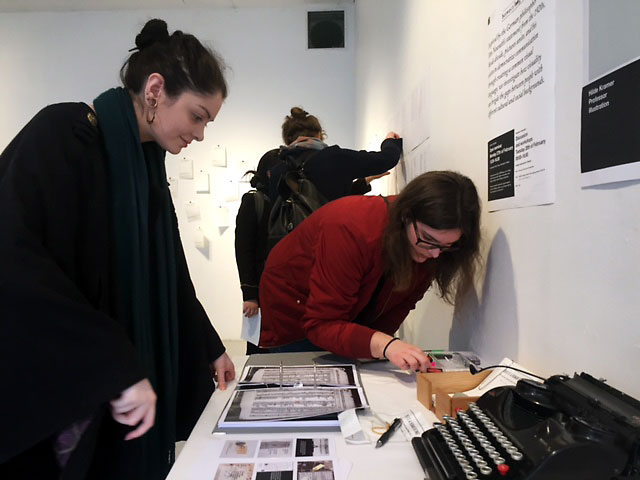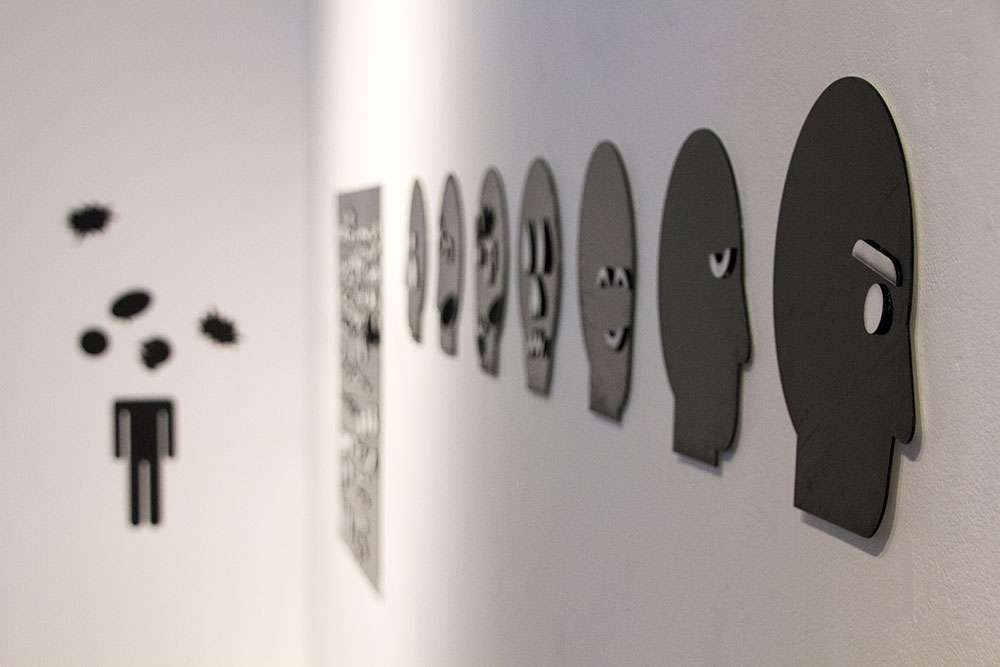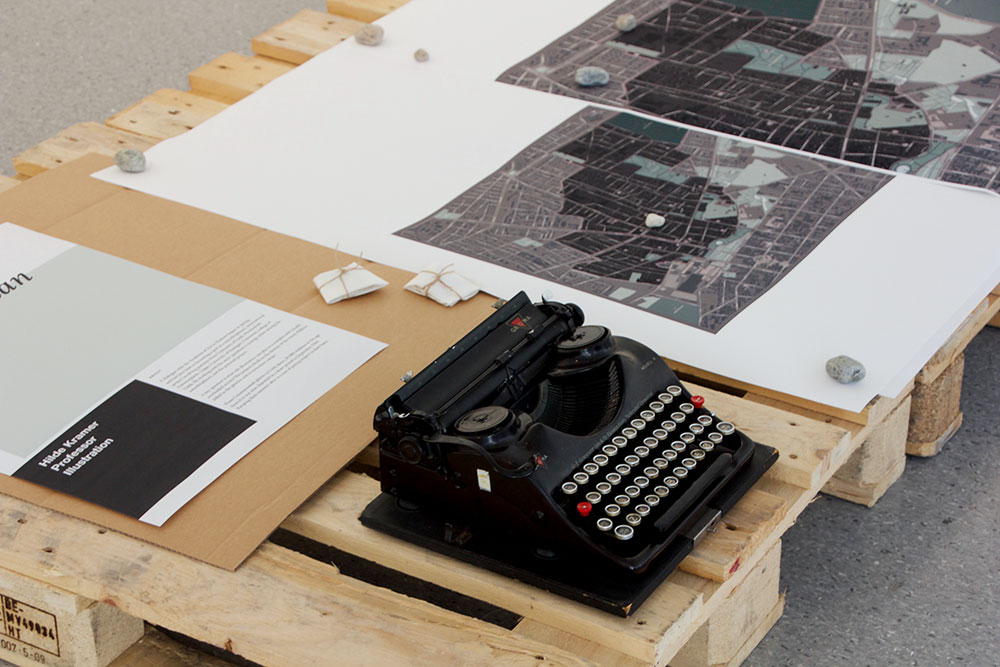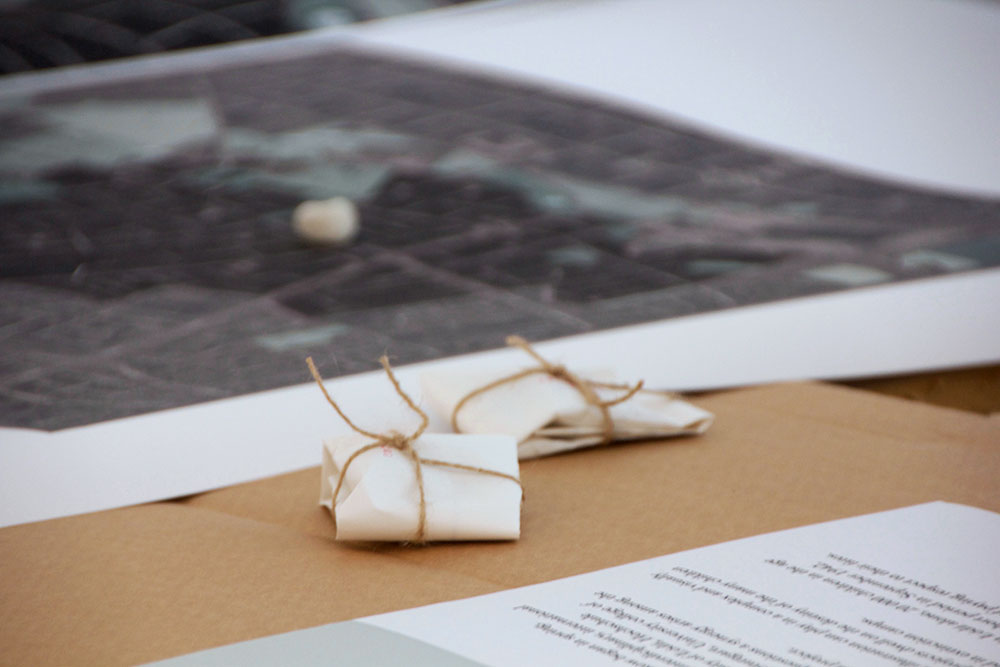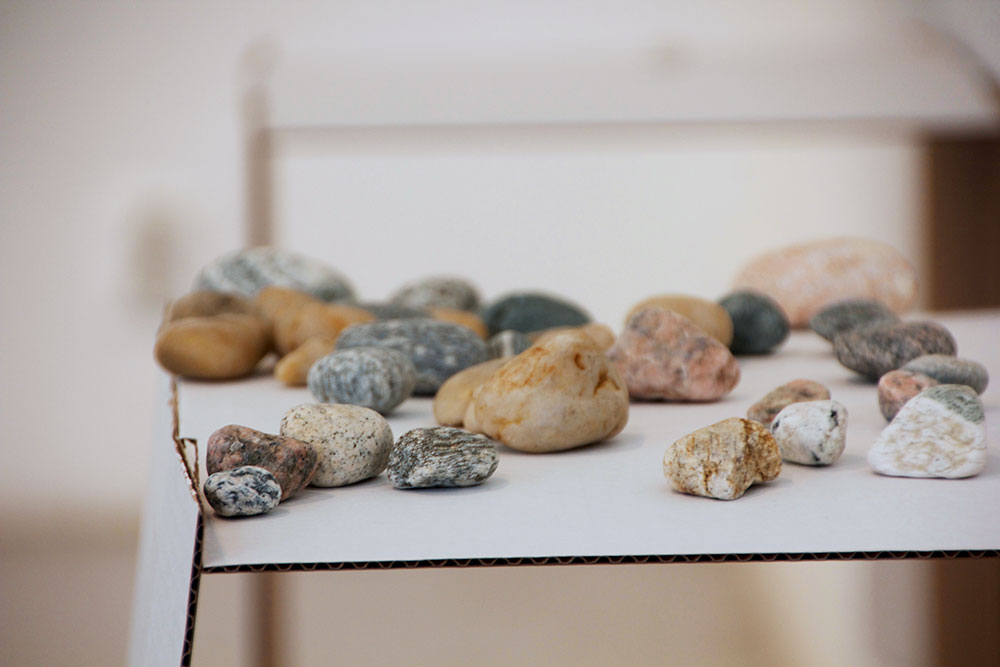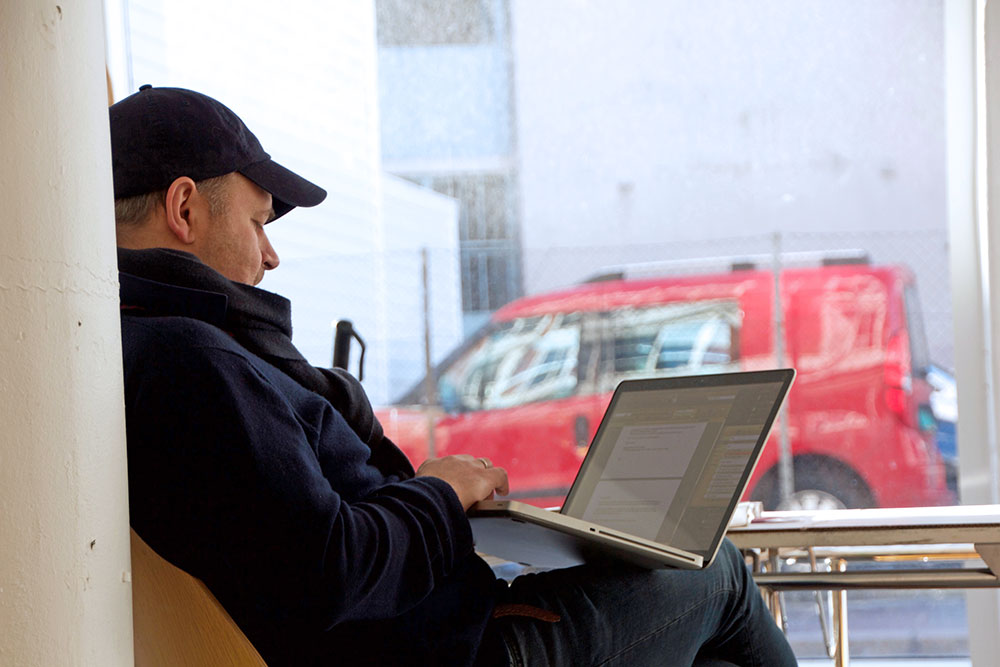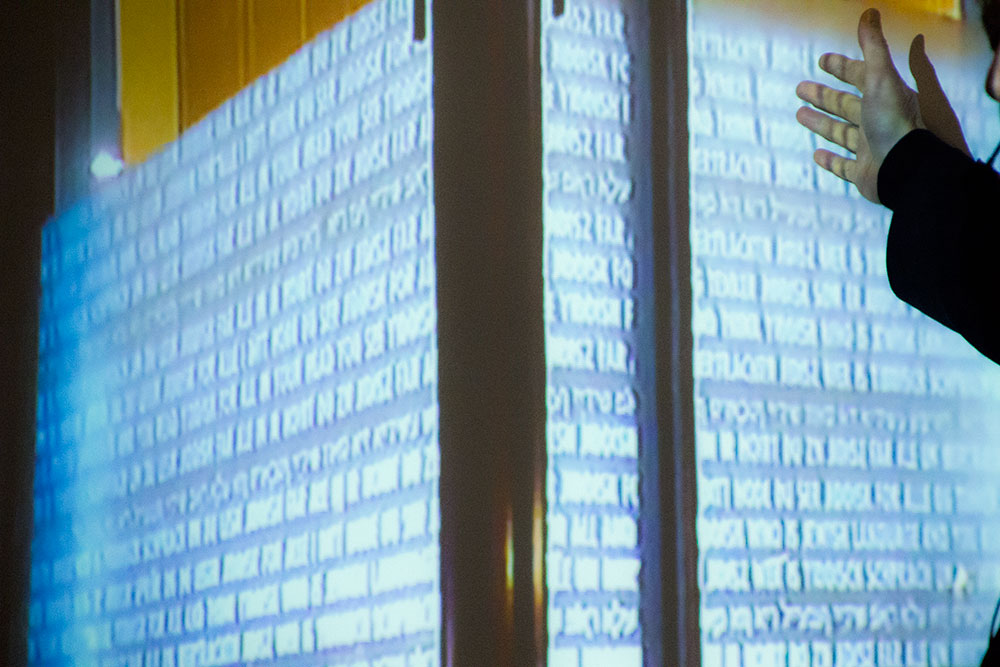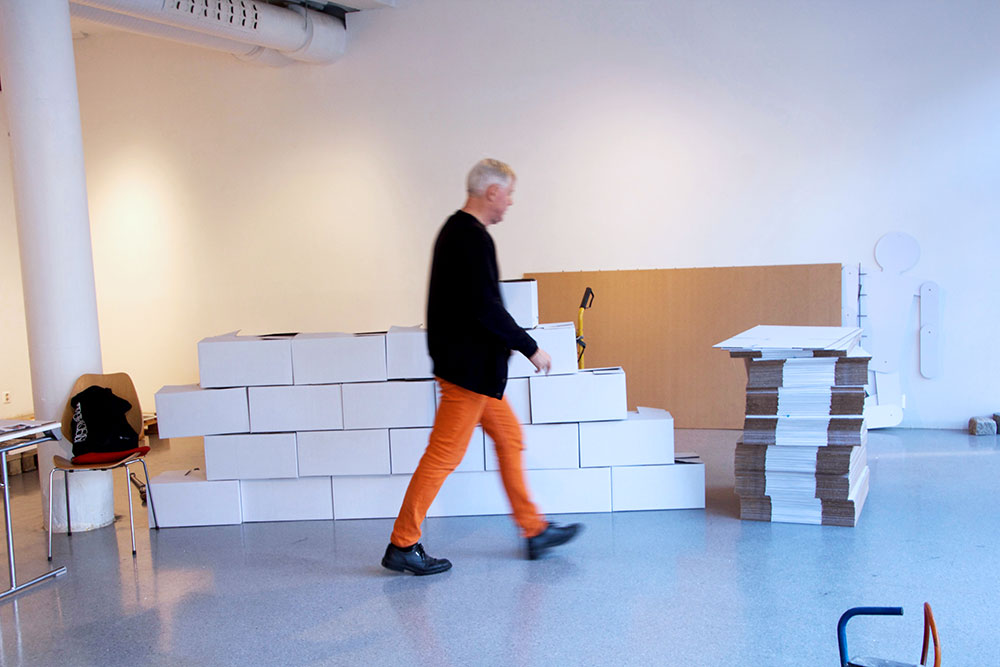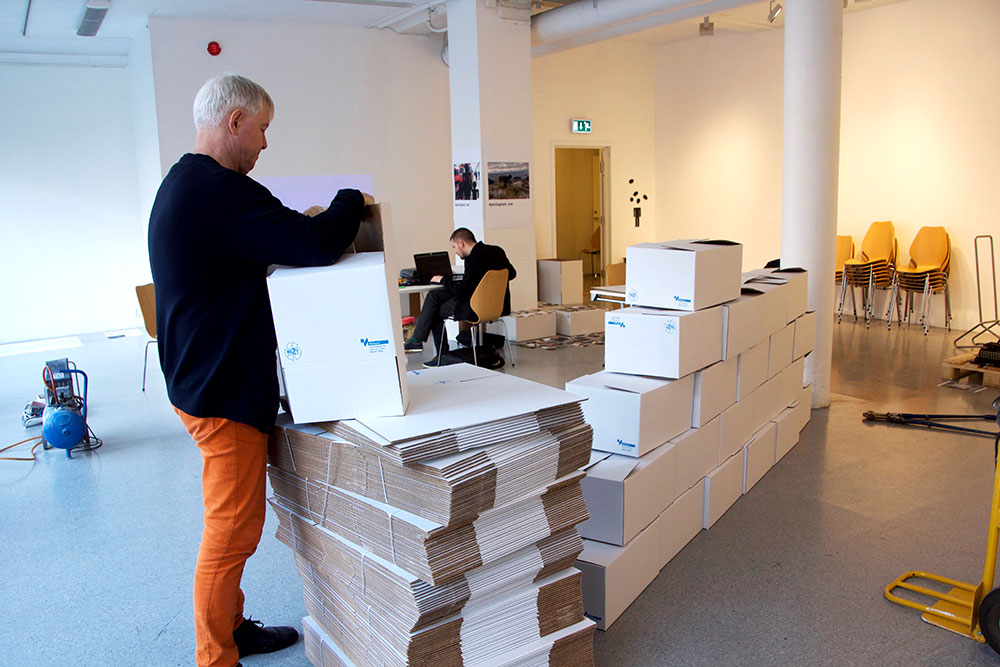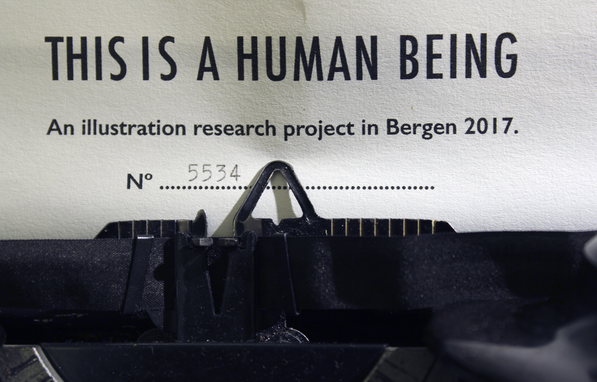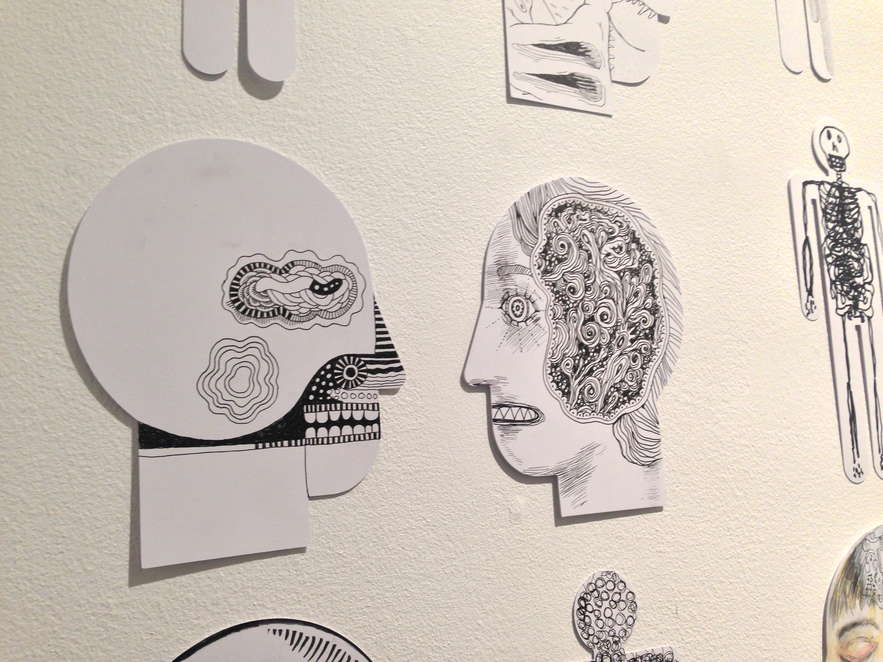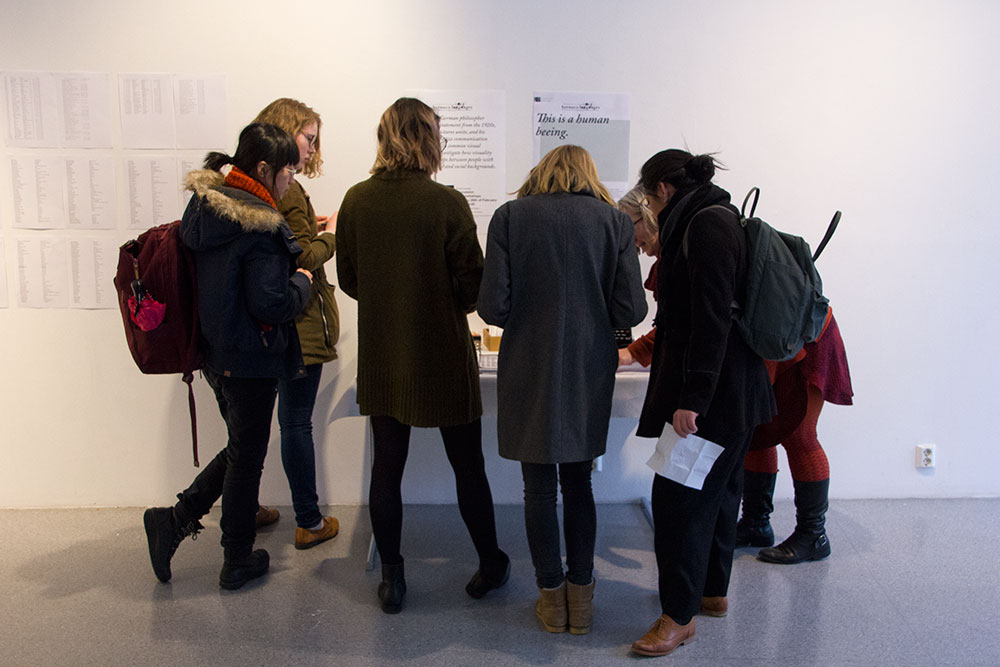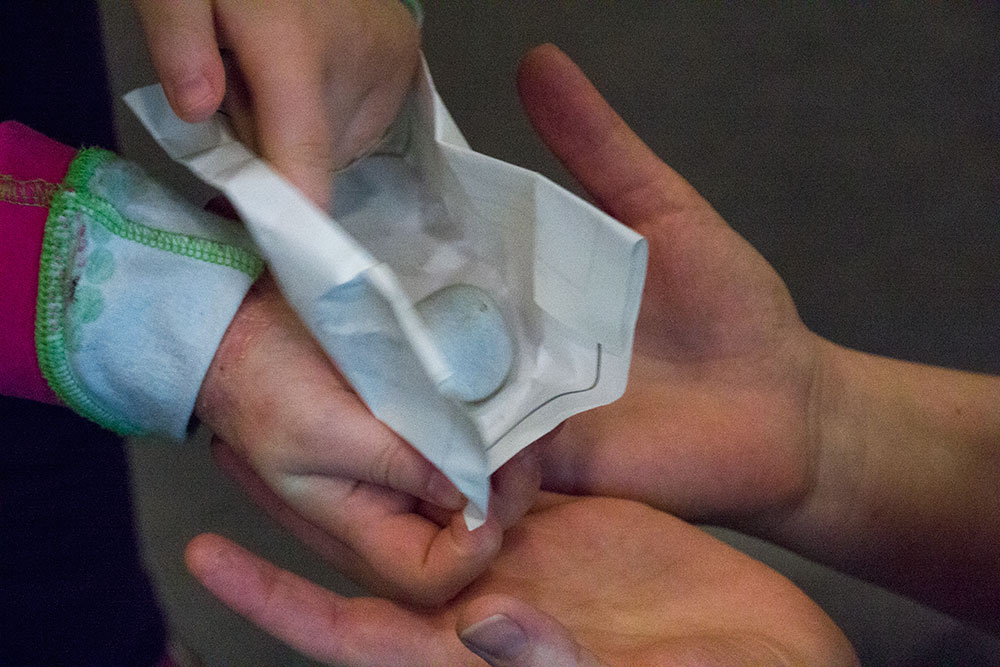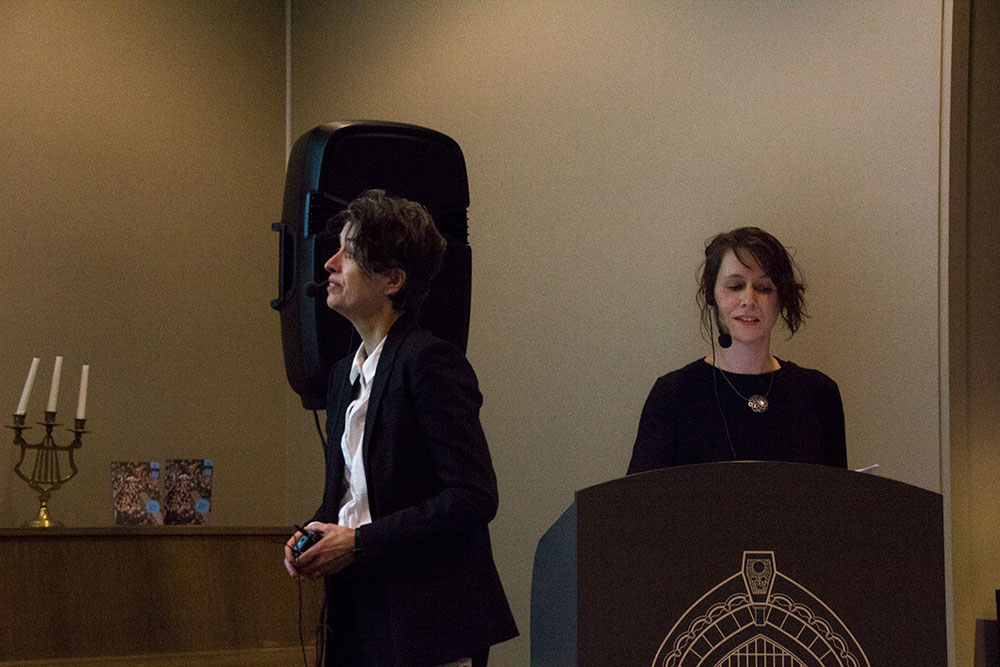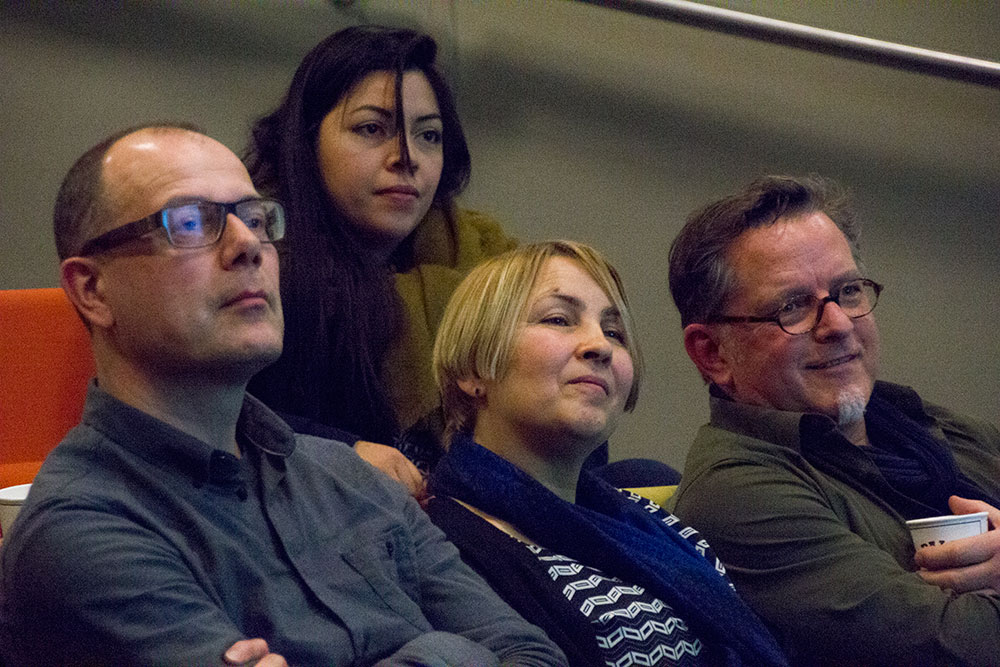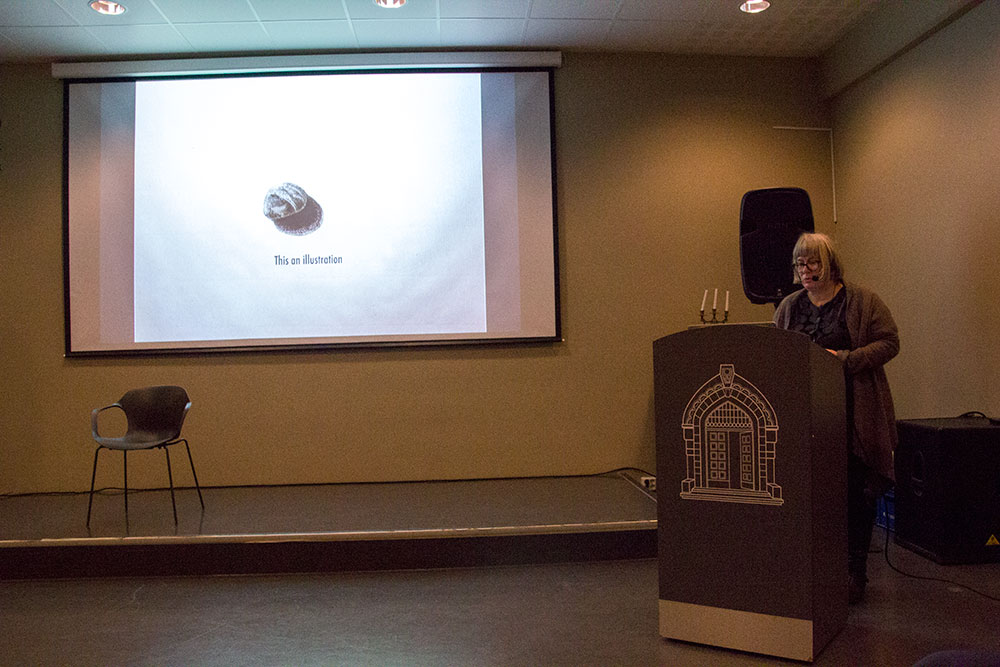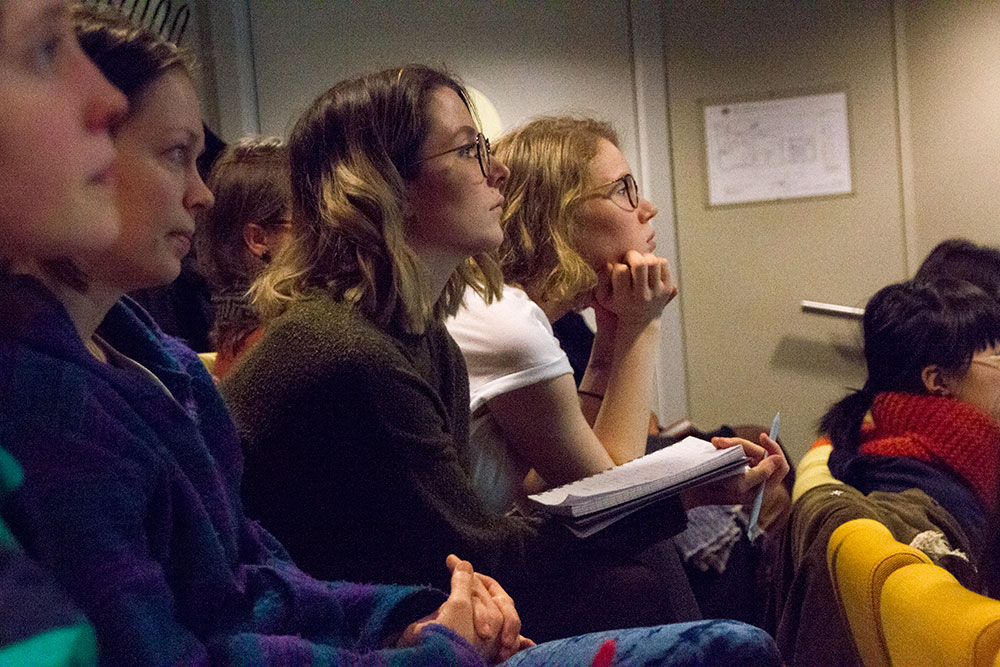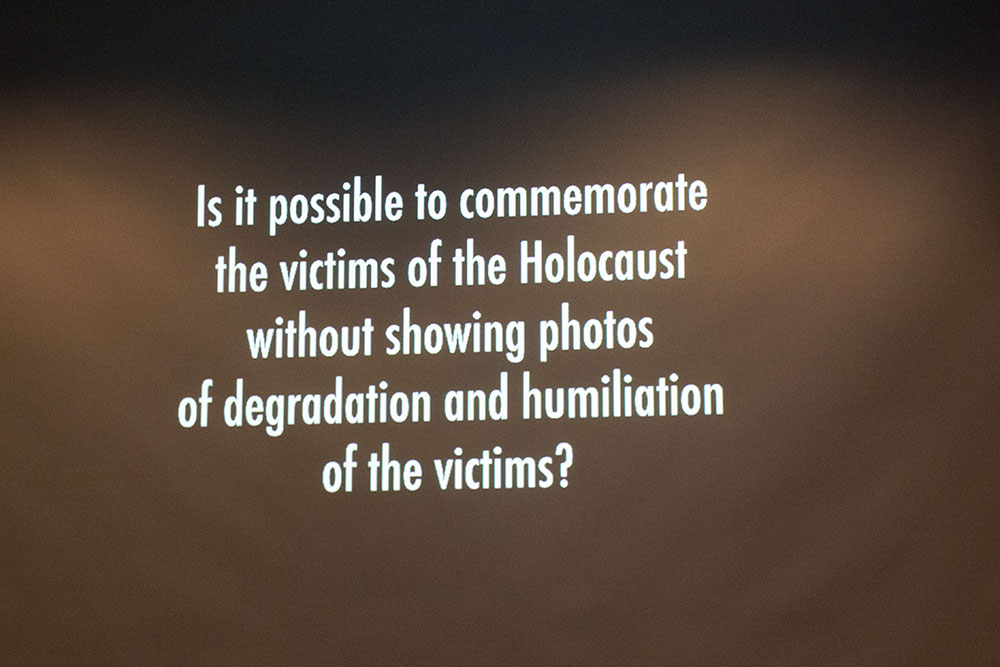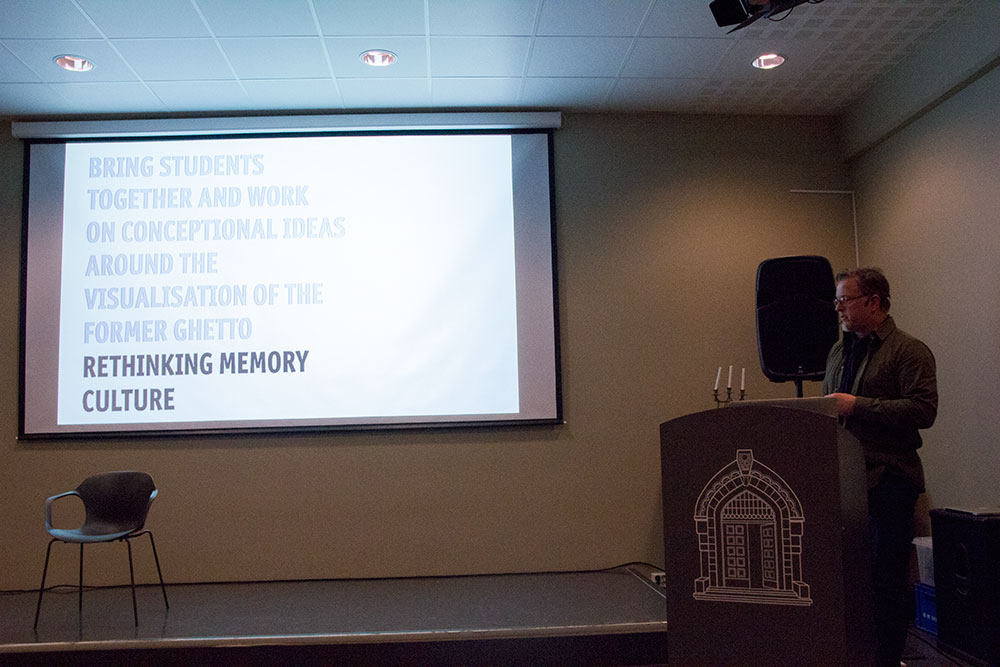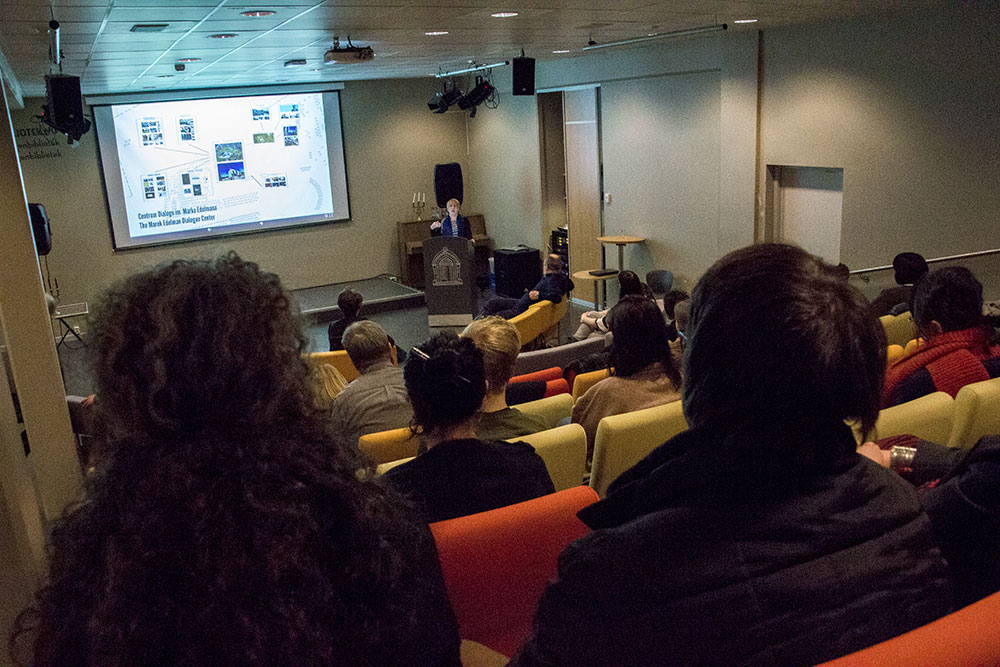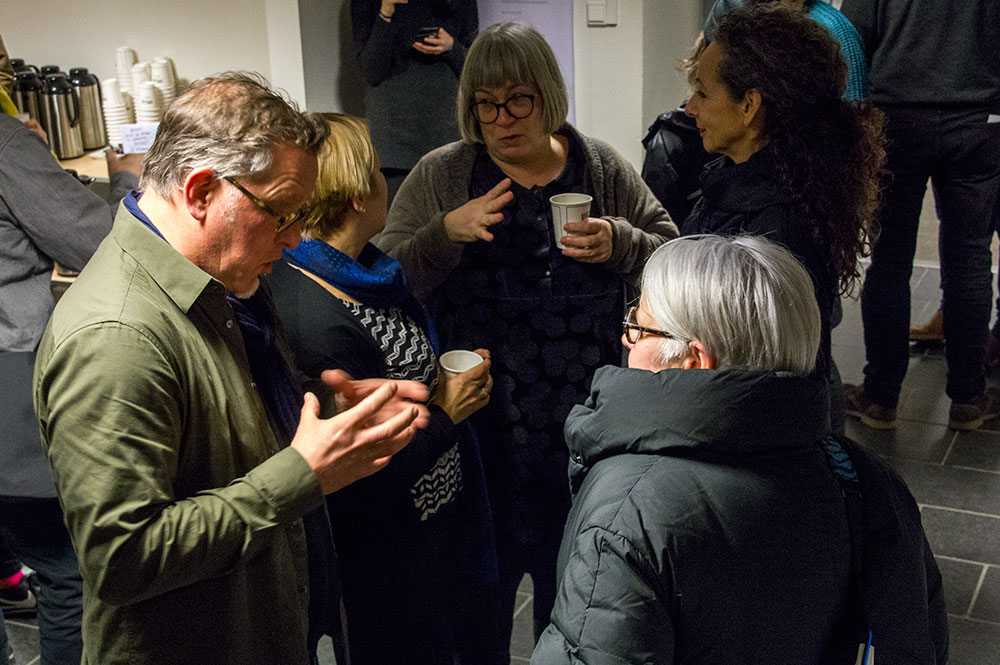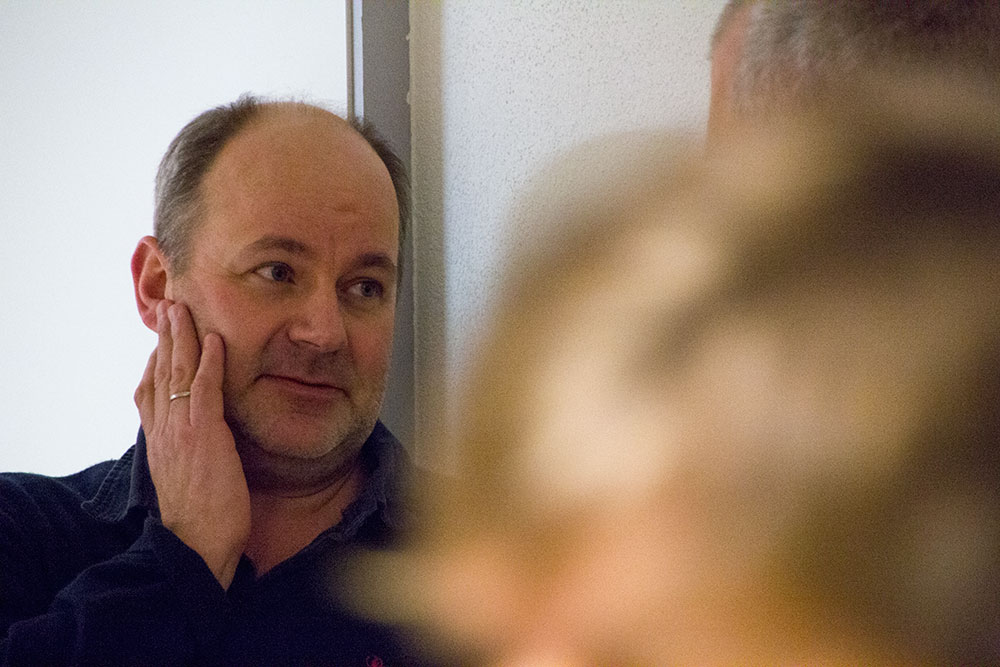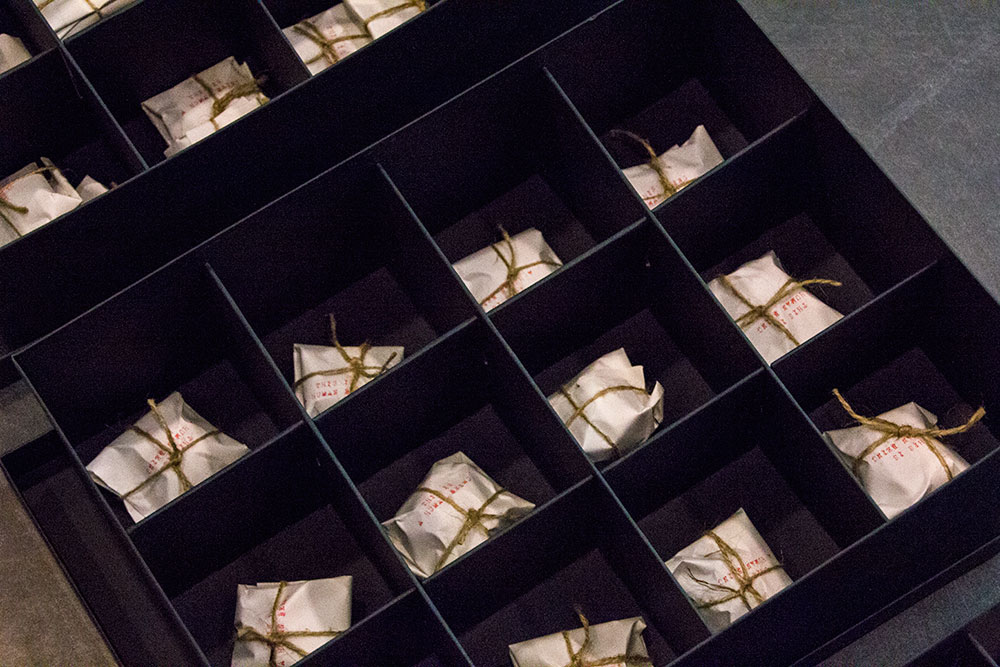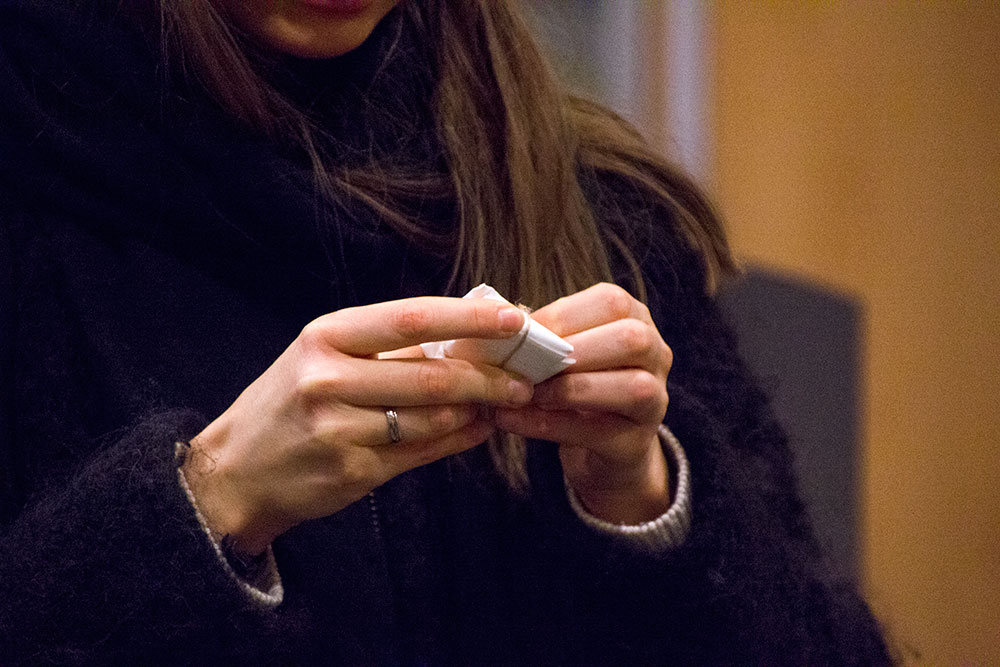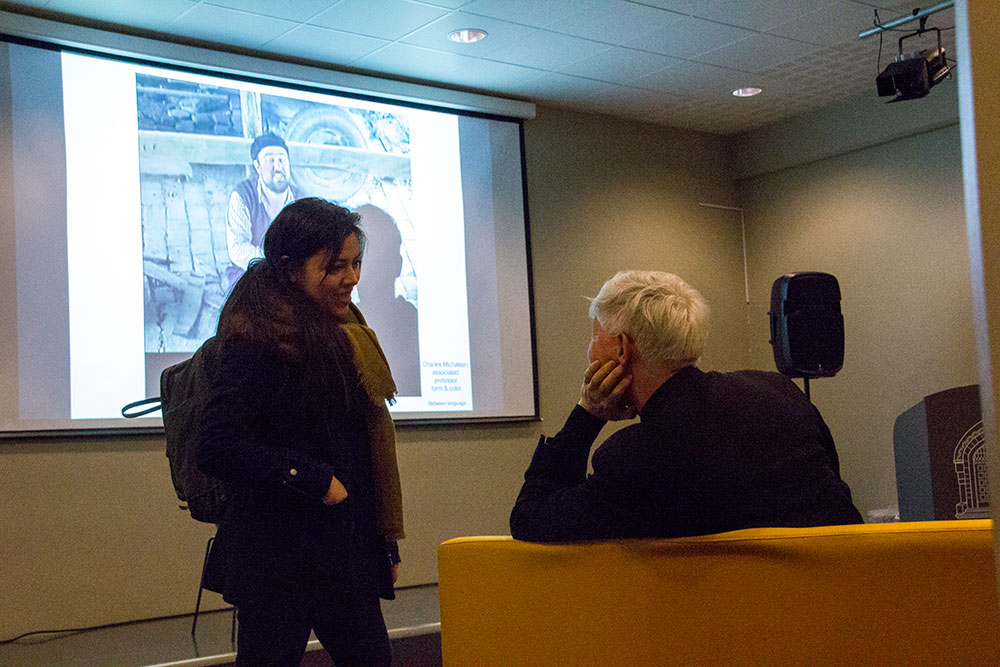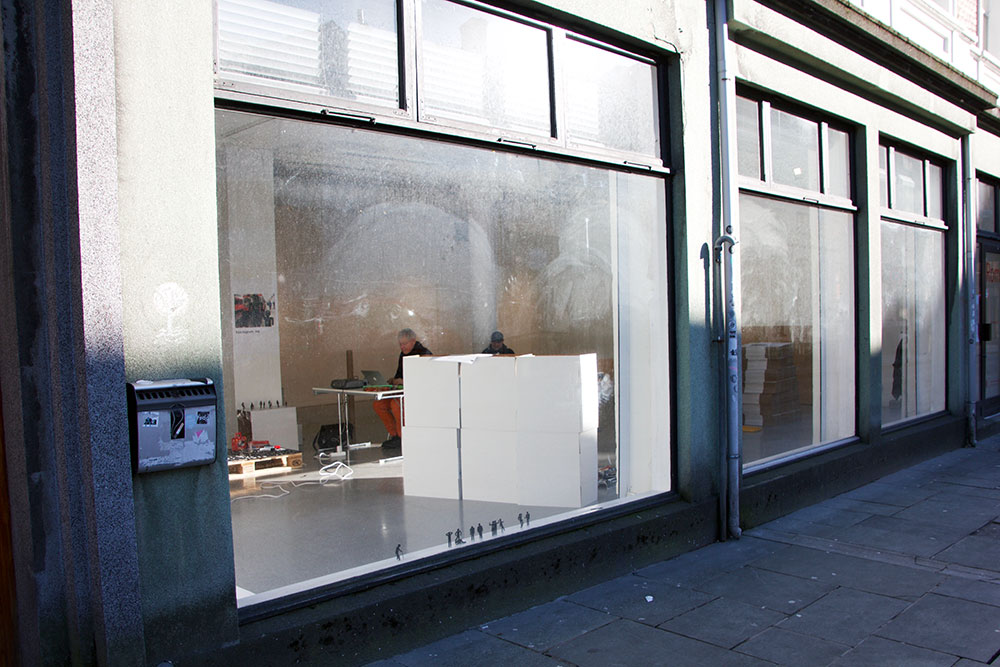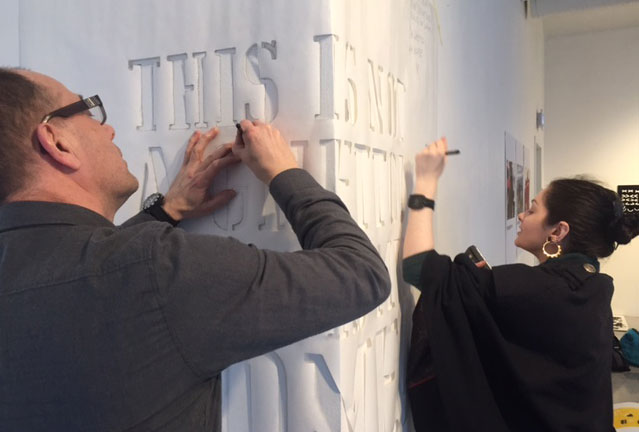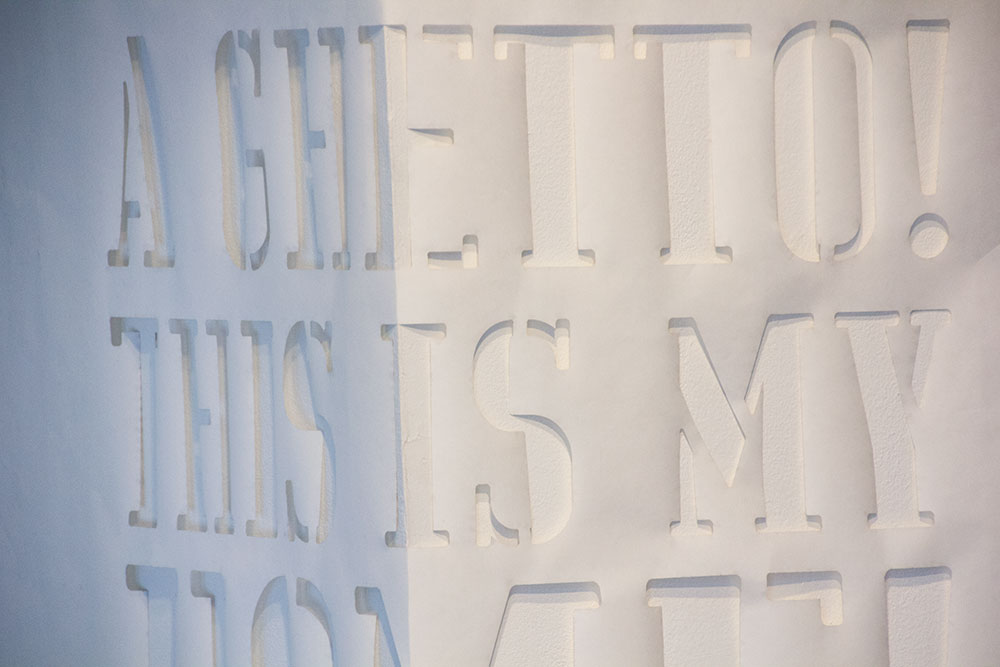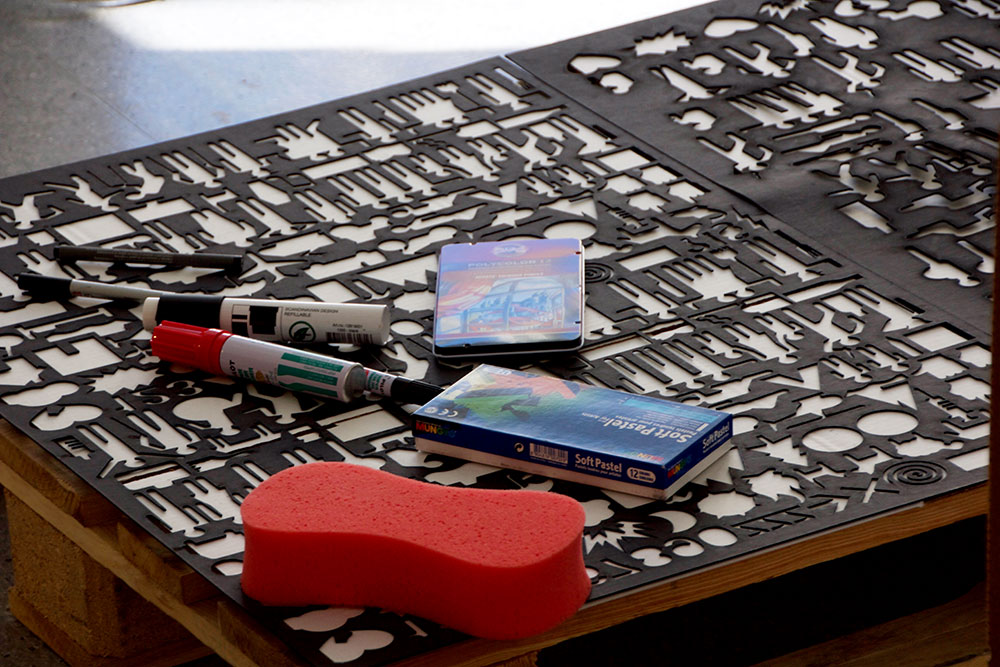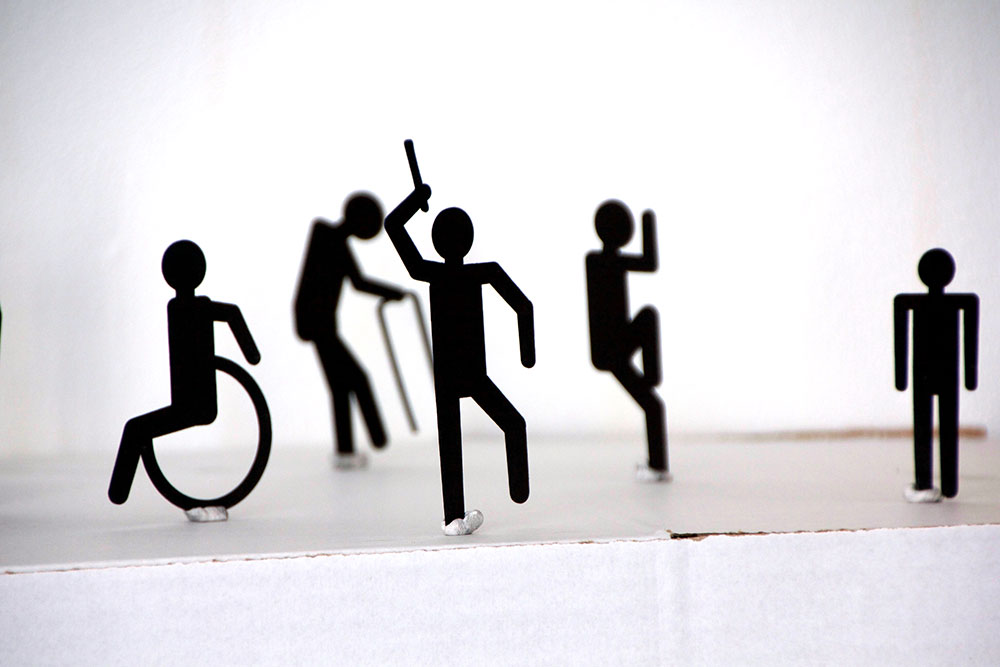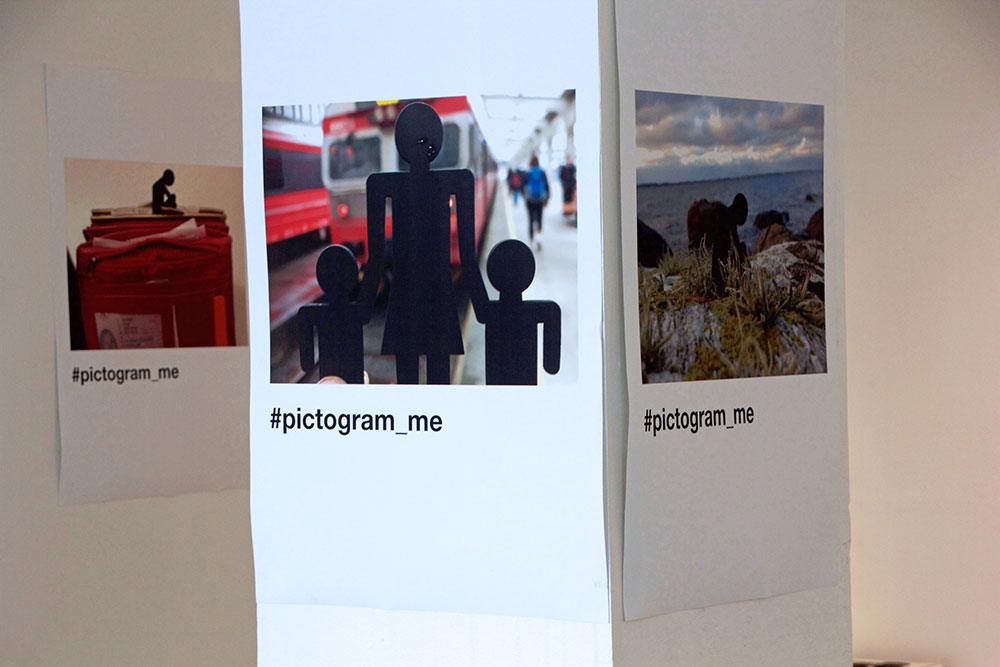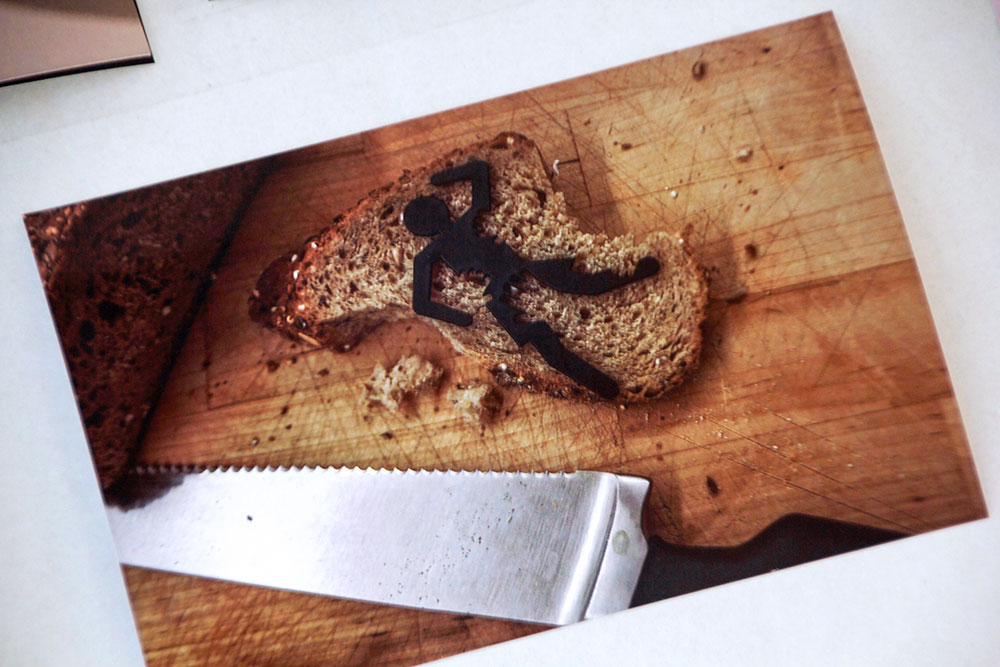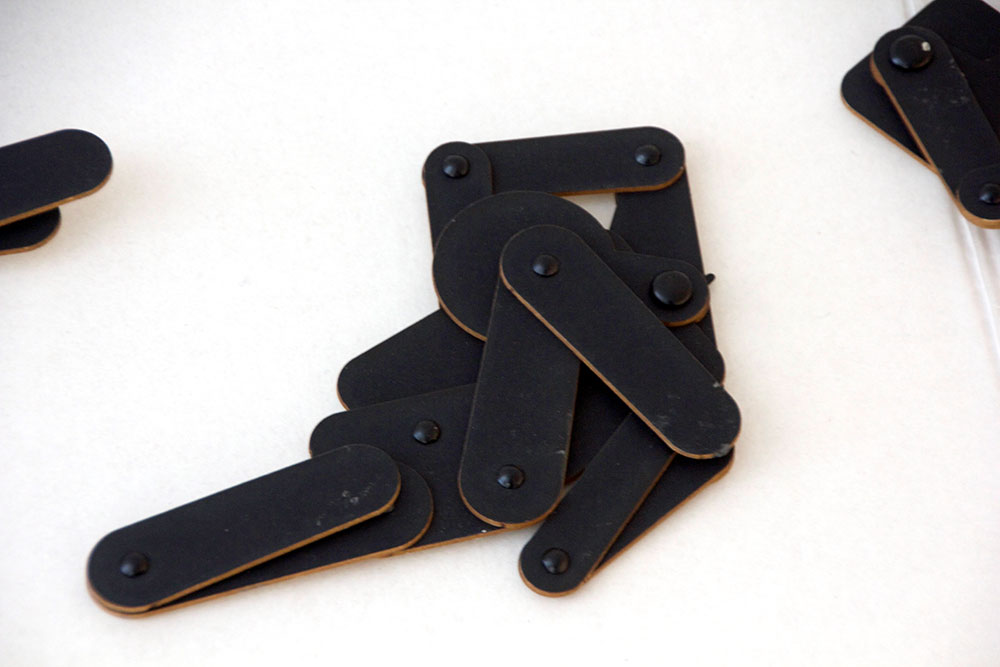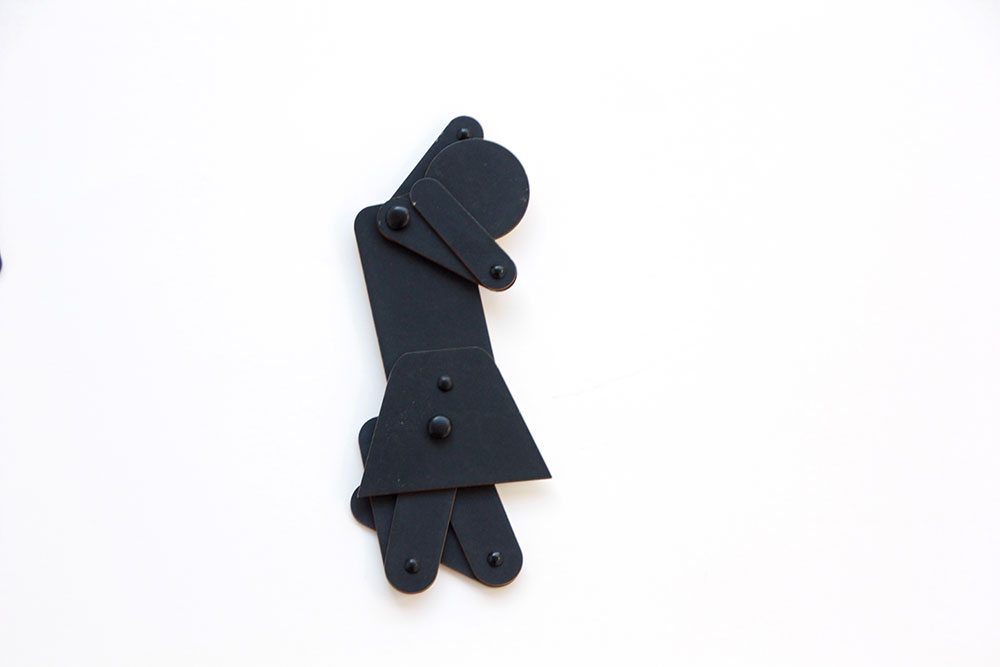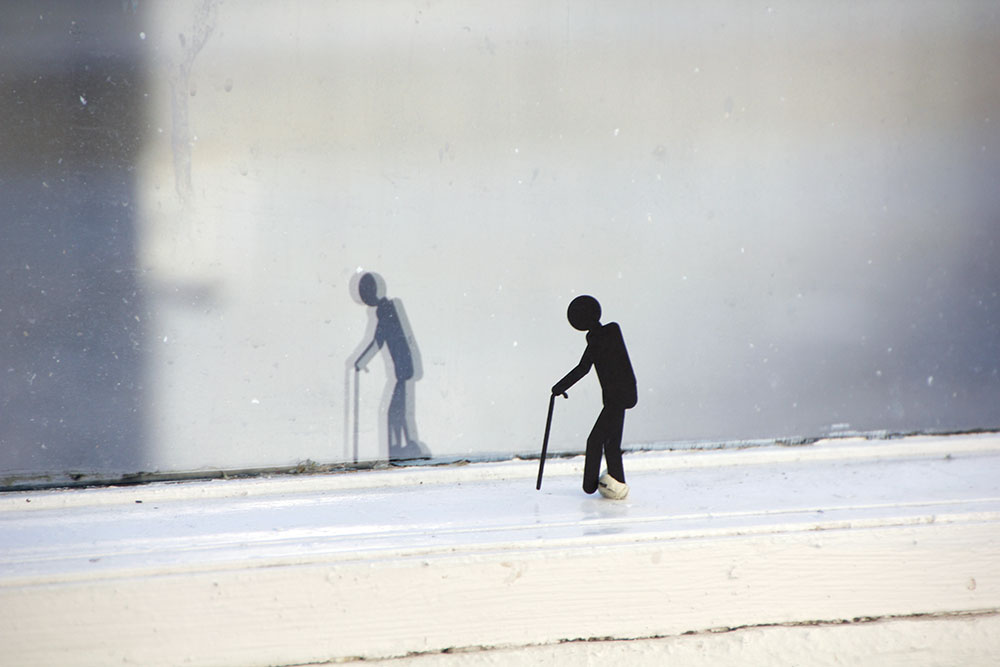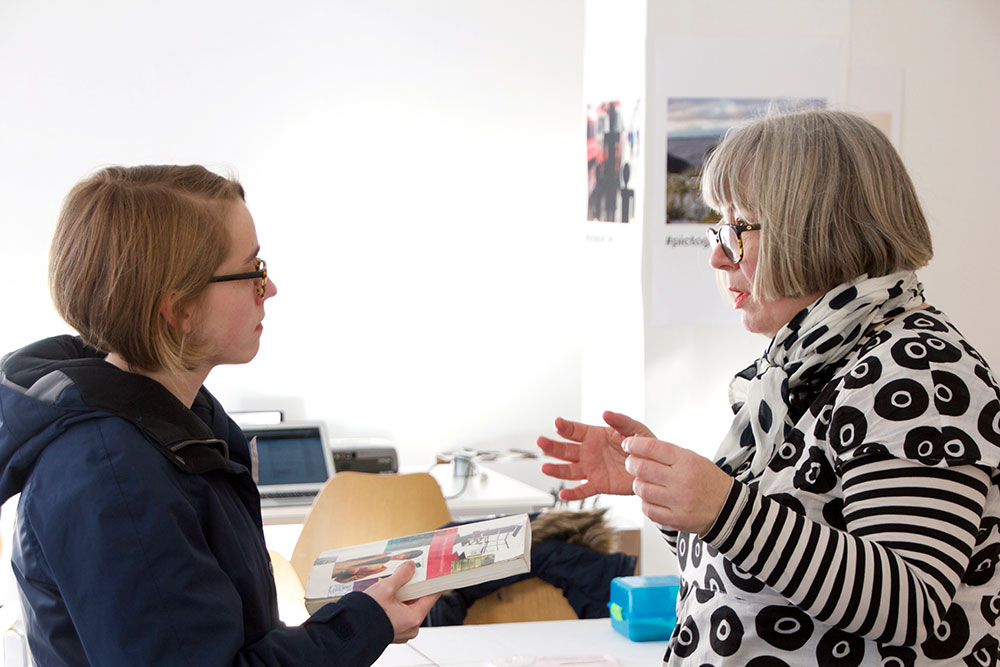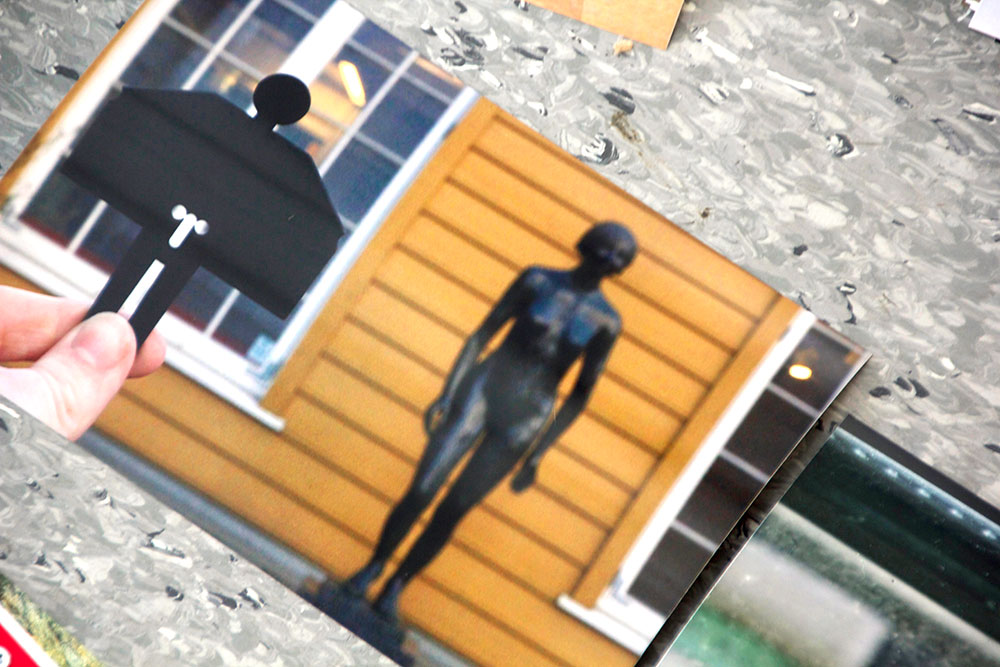Between languages:
Open seminar
Monday 27th of February
13.00–16.00
At the Bergen Public Library, Strømgaten 6, Bergen
At the department of design, KMD Bergen, we are working with several projects that in different ways address visual dialogue and people who face challenges and prejudices. Through the “between languages” seminar we will ask: What is the potential of visualization to generate reflection and invite to dialogue, and how can we as designers influence the meeting between ‘us’ and ‘the other’?
13.00 Welcome
13.10 Pictogram-me, when words exclude, how can pictograms include? Experiences from an artistic research project
Professor - Visual Communication, Ashley Booth
Associate Professor - Graphic Design, Linda Lien
13.30 How to communicate Holocaust for a younger audience?
Presentations by Professor Hilde Kramer from the Institute of Design, KMDBergen
Associate Professor Thomas Lewe from Volda University College
Joanna Podolska from the Marek Edelman Dialogue Center, Poland
15.00 Break
15.15 Walking with Yiddish, words as materialized form
Associate Professor - Form, Charles Michalsen
15.45 Closing comments
From the gallery ROOM8. Four different artistic research projects were presented, and developed in dialouge with the public.
Joanna Podolska from the Marek Edelman Dialogue Center, Poland, talked in the seminar at Bergen Public Library about how to communicate Holocaust for a younger audience.
These projects address various kinds of visual rhetoric and include topics such as stigma, alienation and degradation.
Among the projects is Pictogram-me, which held it's final presentation at the Norwegian Artistic Research Programmes forum in Stavanger in October 2016, Tam, wtedy - teraz, tutaj, which has completed a research based course in autumn 2016, and intends to be developed into a more comprehensive research project and Walking with Yiddish who has held several exhibitions, among others in the Holocaust Museum in Oslo. We want to link these three projects closer together and further develop them as a joint project with the working title “between languages”. Our first step is inviting you to our seminar in the Bergen Public Library to highlight and discuss meeting points and opportunities, followed by conversations and events in ROOM8 (Vakserelven 8).
In the disturbing article “We must ask ourselves: What is our shot in Sarajevo?” Writes Tobias Stone1:
It seems we’re entering another of those stupid seasons humans impose on themselves at fairly regular intervals. So zooming out, we humans have a habit of going into phases of mass destruction, generally self imposed to some extent or another. We should be asking ourselves what our Archduke Ferdinand moment will be. How will an apparently small event trigger another period of massive destruction. We see Brexit, Trump, Putin in isolation. The world does not work that way — all things are connected and affecting each other. It will come in ways we can’t see coming, and will spin out of control so fast people won’t be able to stop it. Historians will look back and make sense of it all and wonder how we could all have been so naïve. ..
We need to understand and use social media. We need to harness a different fear. Fear of another World War nearly stopped World War 2, but didn’t. We need to avoid our own echo chambers. Trump and Putin supporters don’t read the Guardian, so writing there is just reassuring our friends. We need to find a way to bridge from our closed groups to other closed groups, try to cross the ever widening social divides.
(Perhaps I’m just writing this so I can be remembered by history as one of the people who saw it coming.)
Through the “between languages” project we ask what potential different kinds of visual communication has to generate reflection about “what may come.” Can our discipline bridge the gaps and create dialogue across groups with different cultural and national background?
In the seminar, following discussions and events we will explore and highlight the potential of design to create empathy, dialogue and tolerance. By linking multiple projects, we can both enhance the development of each project, but also invite other fellows and the public in general to contribute in the debate.
1 https://medium.com/@theonlytoby/history-tells-us-what-will-happen-next-with-brexit-trump-a3fefd154714#.e1wcus738
From the discussion and following workshops in ROOM8. Master student Synnøve Noteland from KMD Bergen presented an ongoing illustration project where she cooperate with an external writer. Associate professor Geir Goosen presented 'This is not a ghetto, it´s my (our) home'.
Inspired by the Austrian philosopher Otto Neurath’s statement from the 1920s,
Words divide, pictures unite, and his vision to democratize communication through creating a common visual language, we investigate how visuality can brigde the gaps between people with different cultural and social backgrounds.
Associate professor Charles Michalsen from the Institute of Design, KMDBergen presented an interactive installation where people have to cooperate to make sense of the text.
Tuesday 28th of February
09.00–12.00:
The «between languages» seminar will be followed up with discussions about the ongoing artistic research projects at the Institute of Design. The discussions will include input by Associate Professor in Graphic Design, Geir Goosen, and Master student i Design, Synnøve Notland.
13.00–16.00:
Work-in-progress-exhibitions including small workshops. The audience are welcome to step in and join the making and conversations.
Thursday 2d of March
10.00–11.30:
Presentation of professor - Illustration, Hilde Kramers reseearch project, followed by questions and discussions with Assistant Professor Øystein Hauge and the audience (part of full day seminar).
Friday 3rd of March
12.00–14.00:
Open discussion and closing session in ROOM8.
People
Ashley Booth
Professor - Visual Communication
Institute of design
Faculty of Fine Art, Music and Design
University of Bergen
Hilde Kramer
Professor - Illustration
Institute of design
Faculty of Fine Art, Music and Design
University of Bergen
Charles Michalsen
Assosiate Professor - Form
Institute of design
Faculty of Fine Art, Music and Design
University og Bergen
Geir Goosen
Associate Professor - Graphic Design
Institute of design
Faculty of Fine Art, Music and Design
University of Bergen
Linda Lien
Associate Professor - Graphic design
Institute of Design
Faculty of Fine Art, Music and Design
University og Bergen
Thomas Lewe
Associate Professor
Volda University College
Institute of Fine Art
University og Bergen
At the department of design there are a number of other artistic research project under development. These projects concerns different fields of design. Some of the projects will be presented and discussed during the event in ROOM8. See full programme
Projects
This Is A Human Being
A dialogue with the Academy of Art in Krakow began in spring, and has later lead to becoming a part in a interdiciplinary, international project involving partners from University of Łódź, Hochschule Ostwestfahlen- Lippe, University of Stuttgart, University college of Volda. By working with the same questions a synergy arises among the interdiciplinary and the personal project. A key question is what role illustration can play in a complex and visually overloaded society?The projects dwell on the destiny of the many children killed in the ghettos and in extinction camps. From Litzmannstadt ghetto in Łódź alone, 20 000 children in the age from 0 to ten were deported in a short period in September 1942. Keeping their memory alive is a way of paying respect to their fates.
https://www.researchcatalogue.net/editor?research=333350&weave=333351
Pictogram-me
Pictogram-me is an artistic research project developed at Bergen Academy of Art and Design, Department of design, supported by the Norwegian Artistic Research Programme. We can all feel underprivileged or have a difficult day. In Pictogram-me we aim to highlight the experiences of those who have a difficult daily life, a challenging existence. By the help of pictograms we wish to contribute to increased reflection on life’s complexity. The Pictogram-me project aims to experiment and investigate whether pictograms, which are normally accepted as simple and not very flexible visual messages, can express more complex social messages. www.pictogram-me.com
This is not a ghetto, it’s my (our) home!
This is not a ghetto, it's my (our) home! Project in Bałuty, Dialogue Center: The purpose is to examine whether the contemporary Bałuty can be put into relief by the time it was the Litzmannstadt ghetto. "I will not focus on hopelessness, but intrinsic, identity and respect. I want to live and work in Bałuty, not outside. One idea is to integrate Esperanto in the project. Esperanto was constructed by Polish-Jewish Ludwik Zamenhof Lejzer with purpose of creating a language easy to learn and could improve the dialogue between people. A counterpart to the Tower of Babylon. An Esperanto, figuratively? Esperanto expressed as music exists already, could it litterialy be figurative as well? Esperanto as a symbol for awareness of that dialogue brings hope.
Walking with Yiddish
Walking with Yiddish is a project with visual communication as it´s starting point. The project is dealing with text, subtext, context, source processing, visual rhetoric, semiotics and documentation. Thoughts in transition: A mind is a conversation, a discussion, a written text, identified through materiality. Mapping with multinarrativ strategy, to find what is not so obvious. In handover; what form has the unknown and indeterminate, as spoken text and as the materialized idea of a text? How can a submitted text be reflected in the fellow human it is available for? The project explores language as a visual and textual dimension between people, when design is a result of mirroring ´the other´. How can empathy be a premise for establishing the design or artwork? What is and how does the scaling of empathy occur, and what occurs when empathy is scaled?

